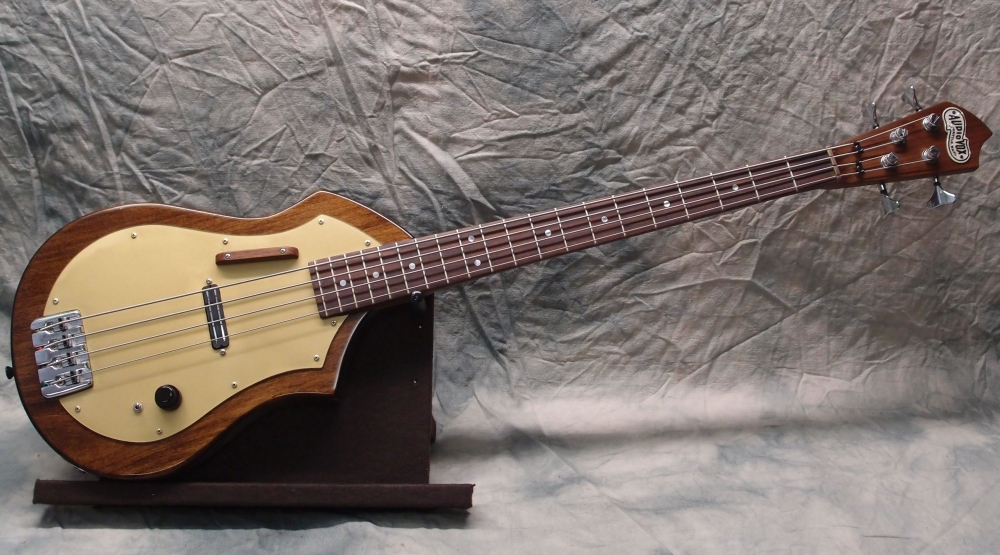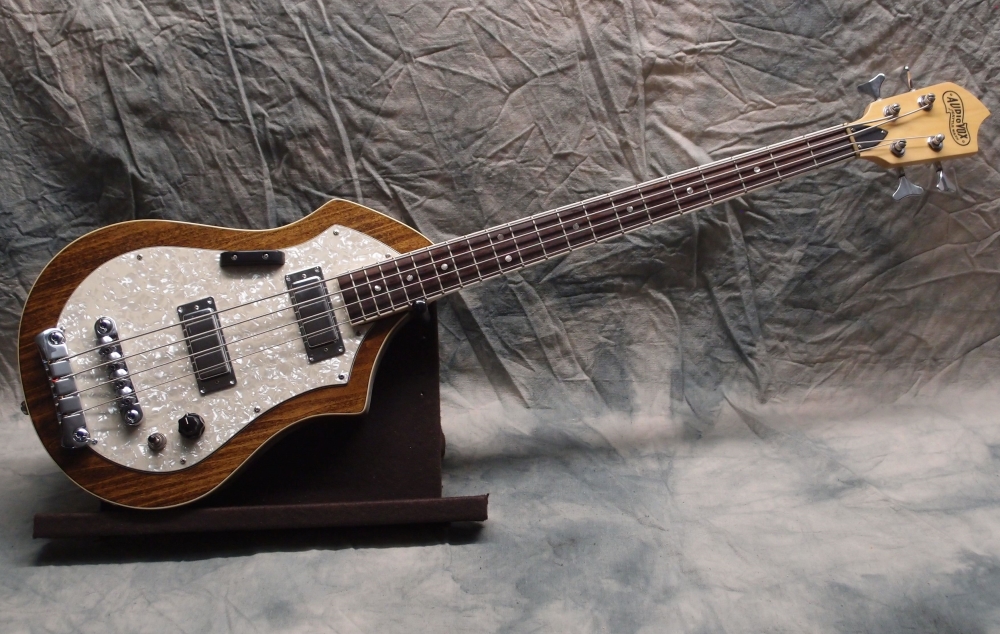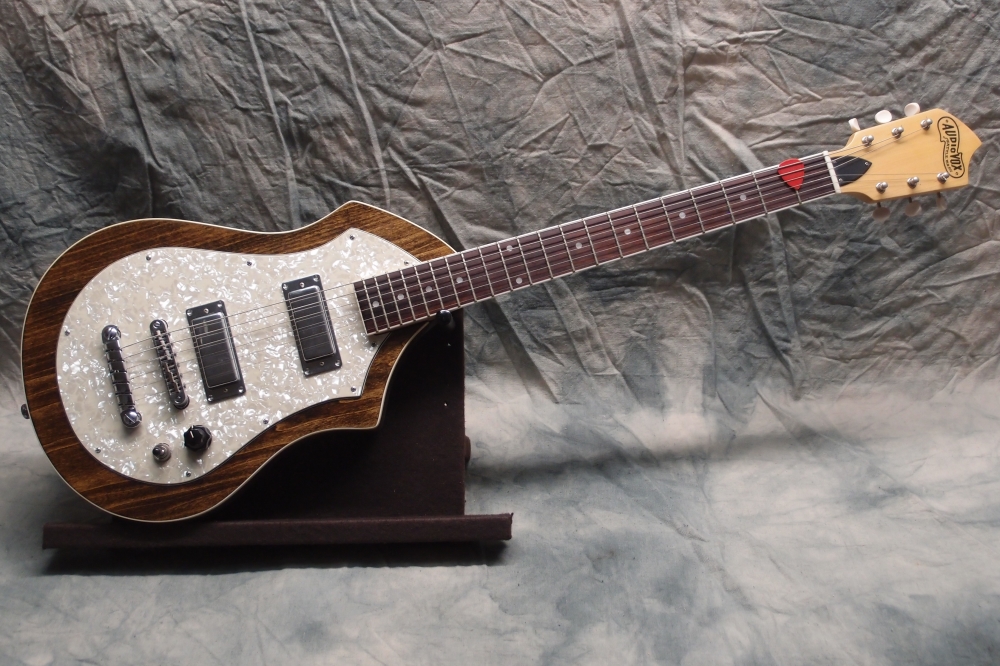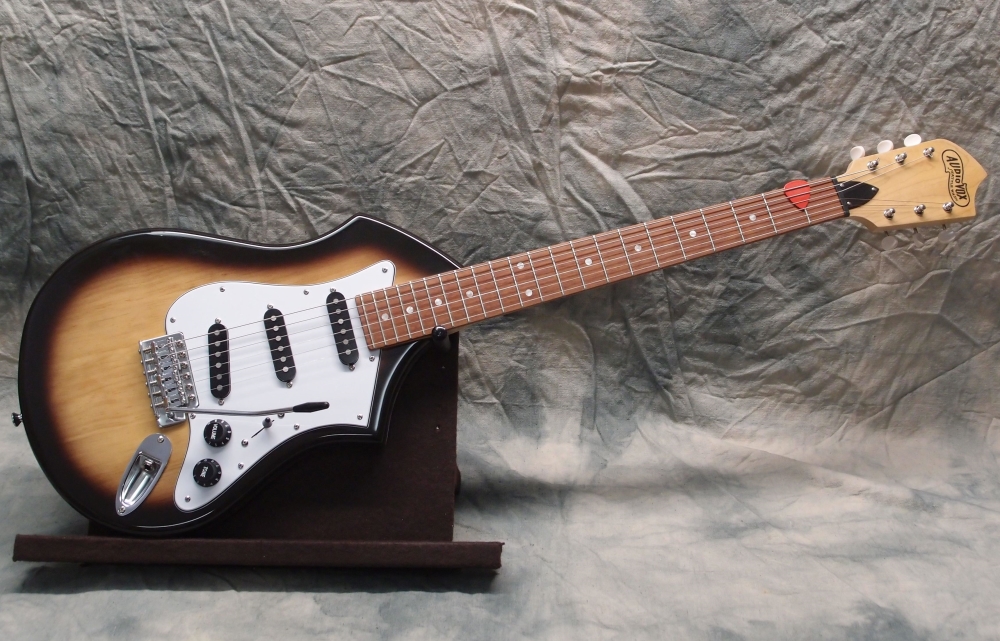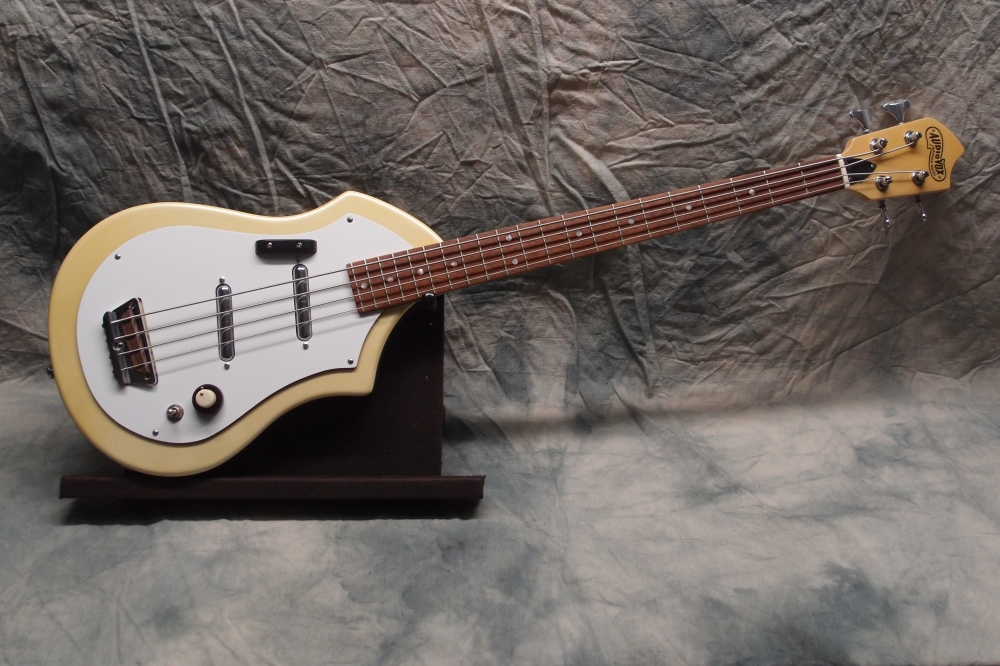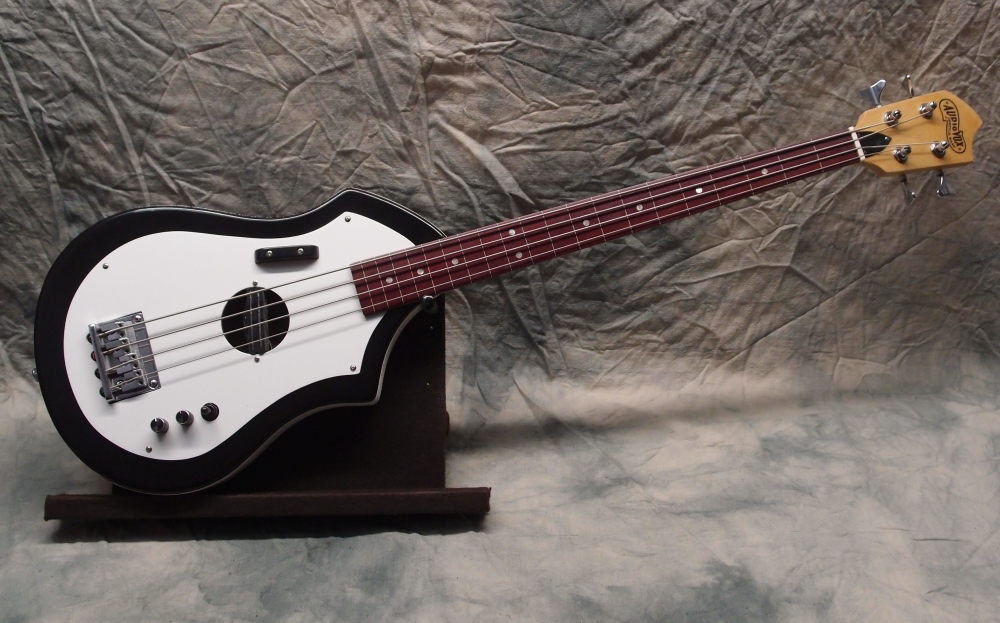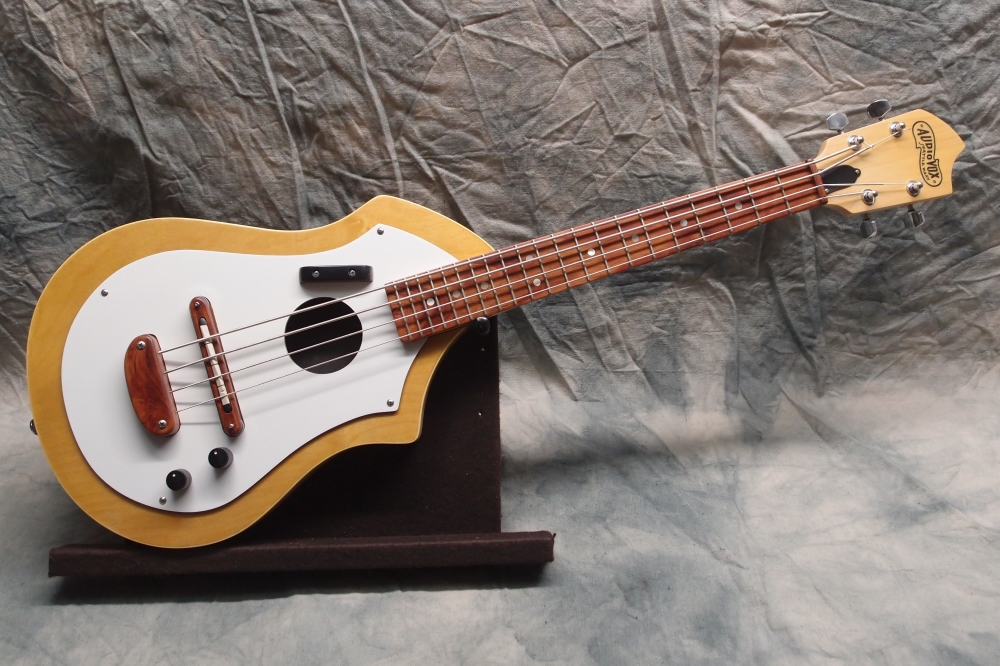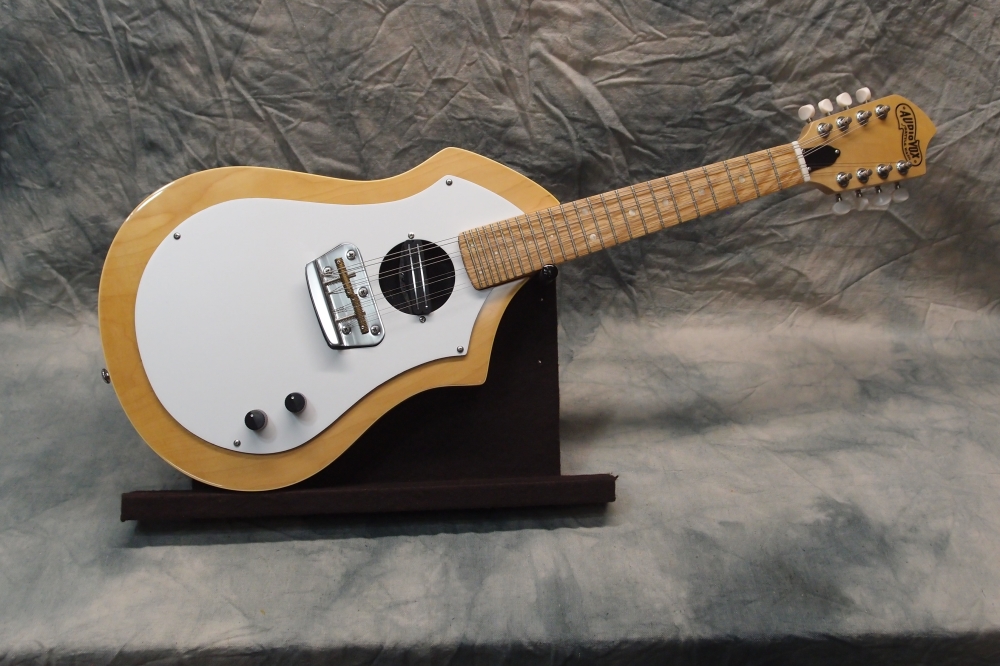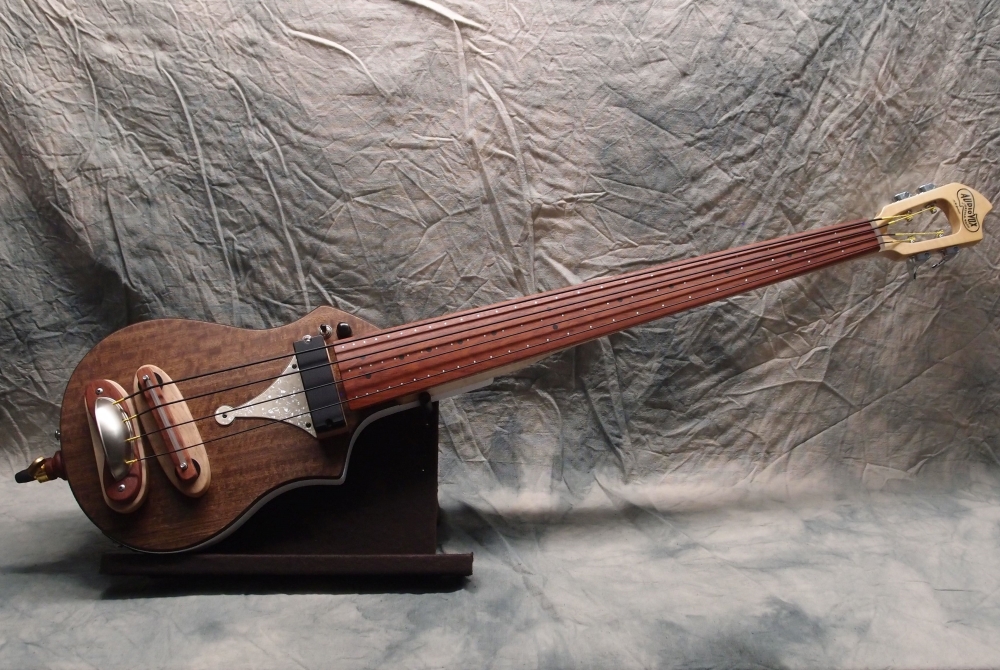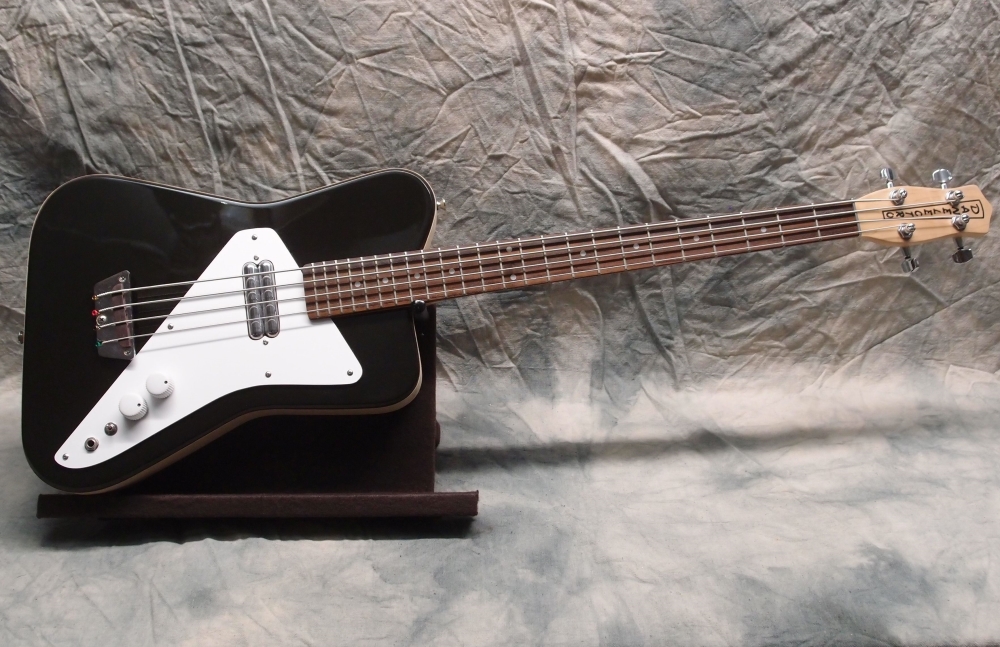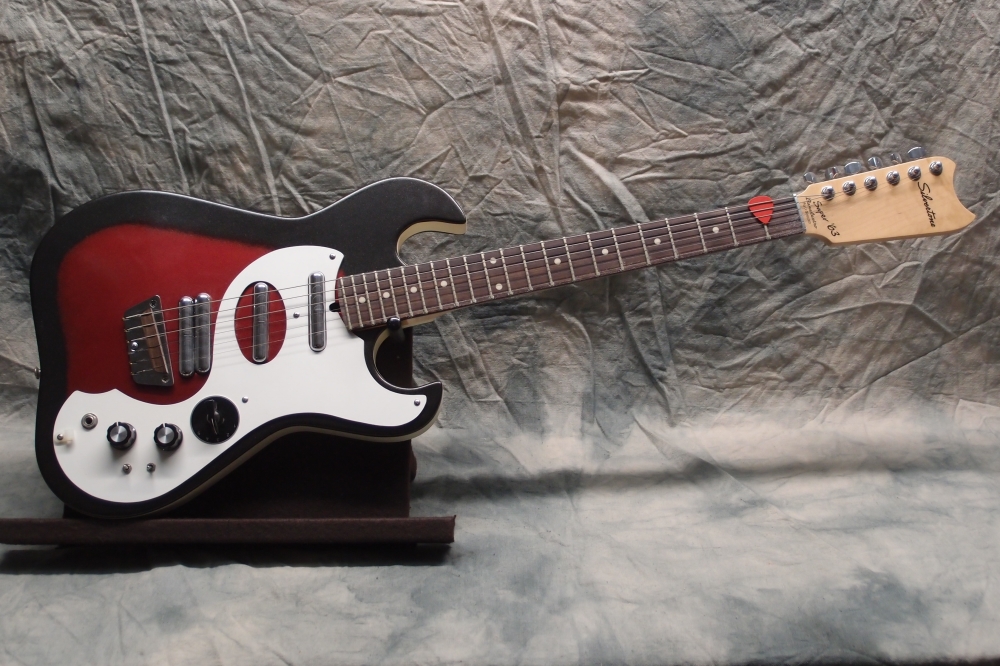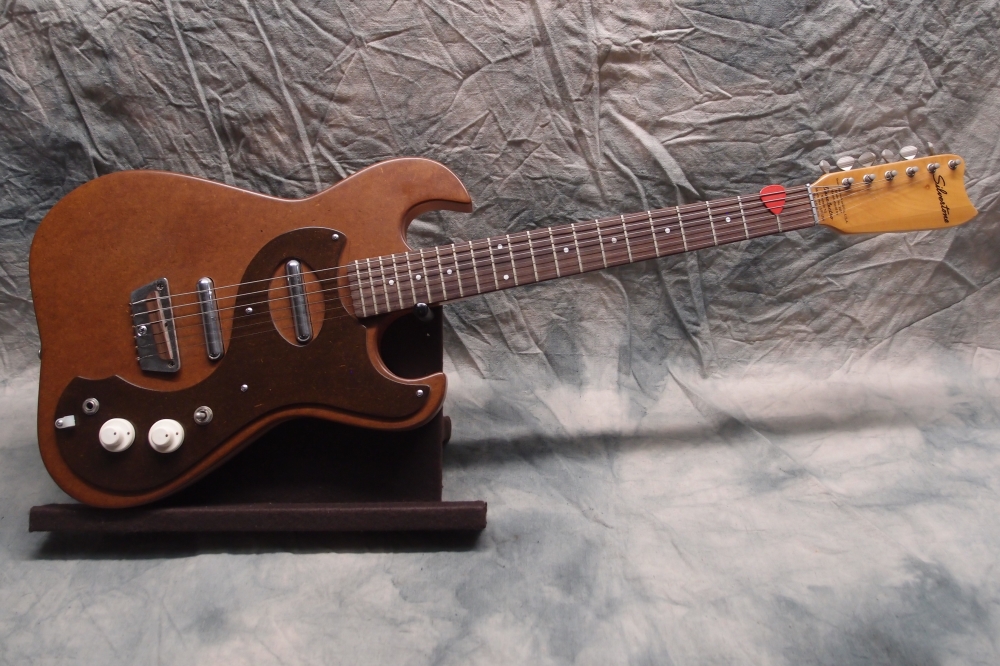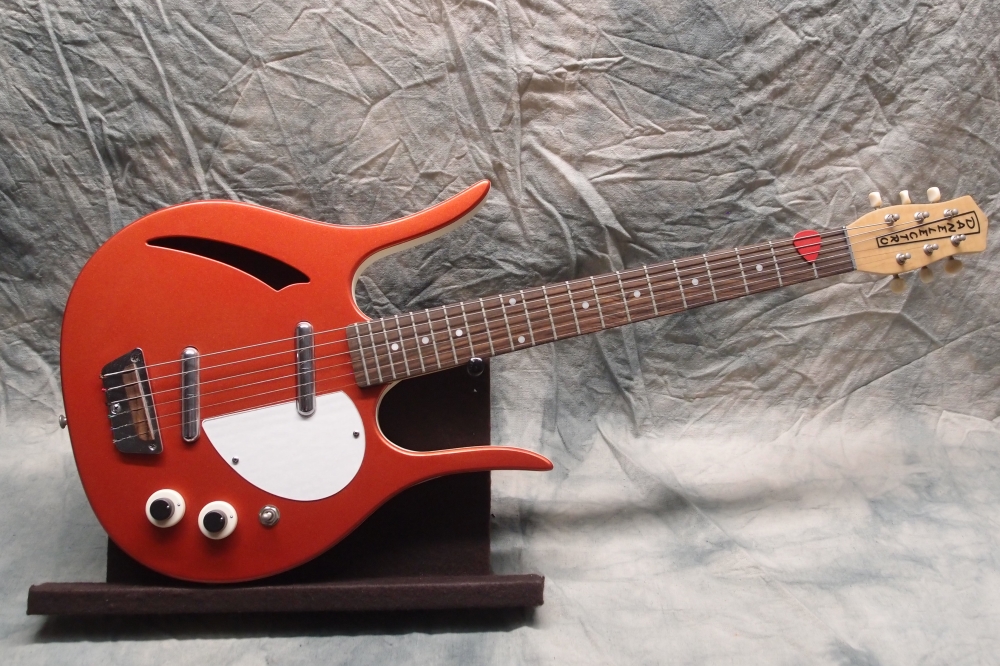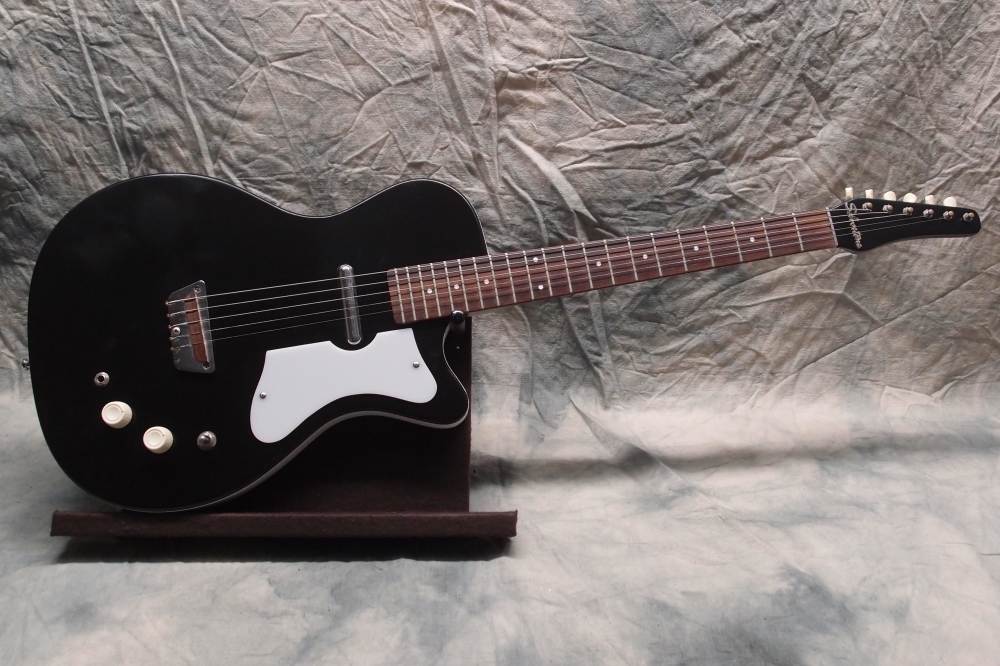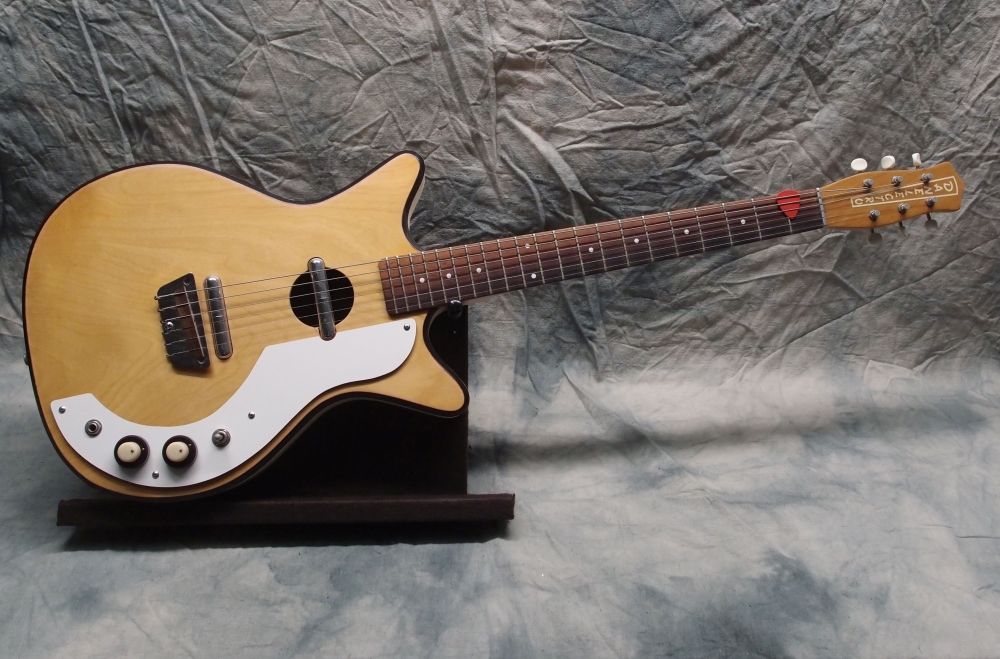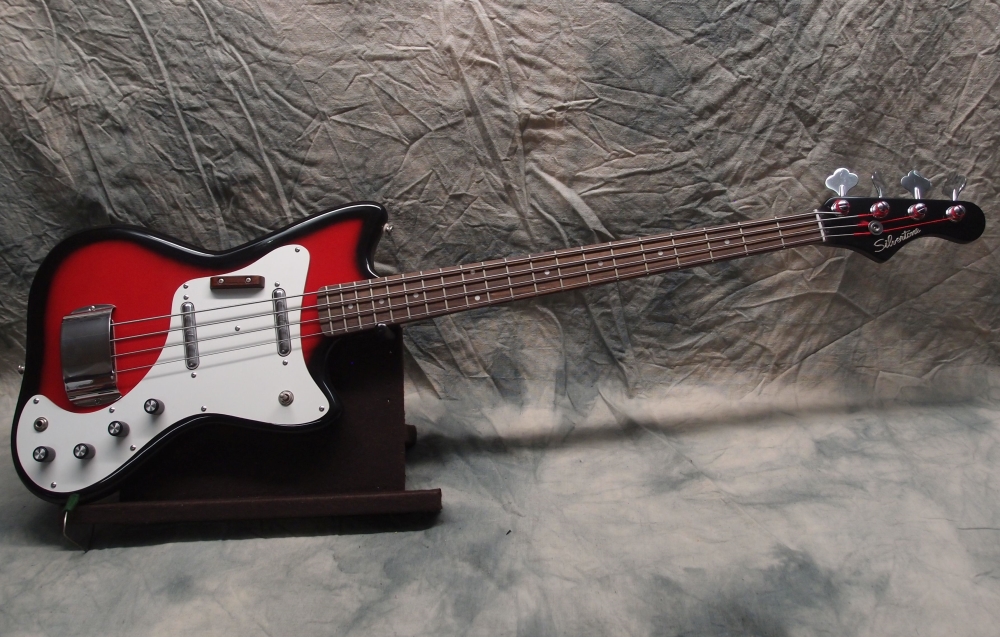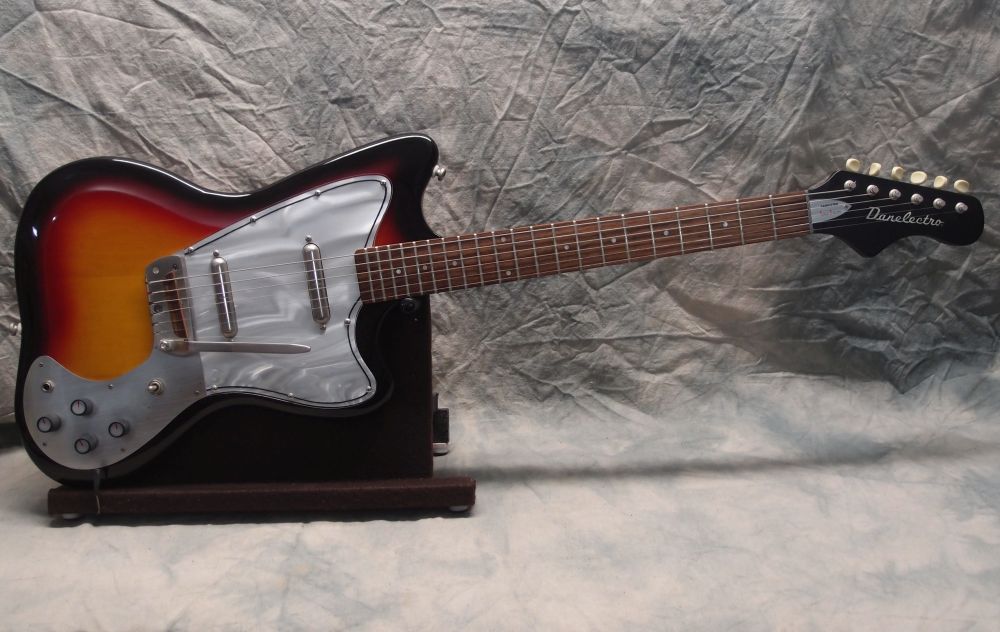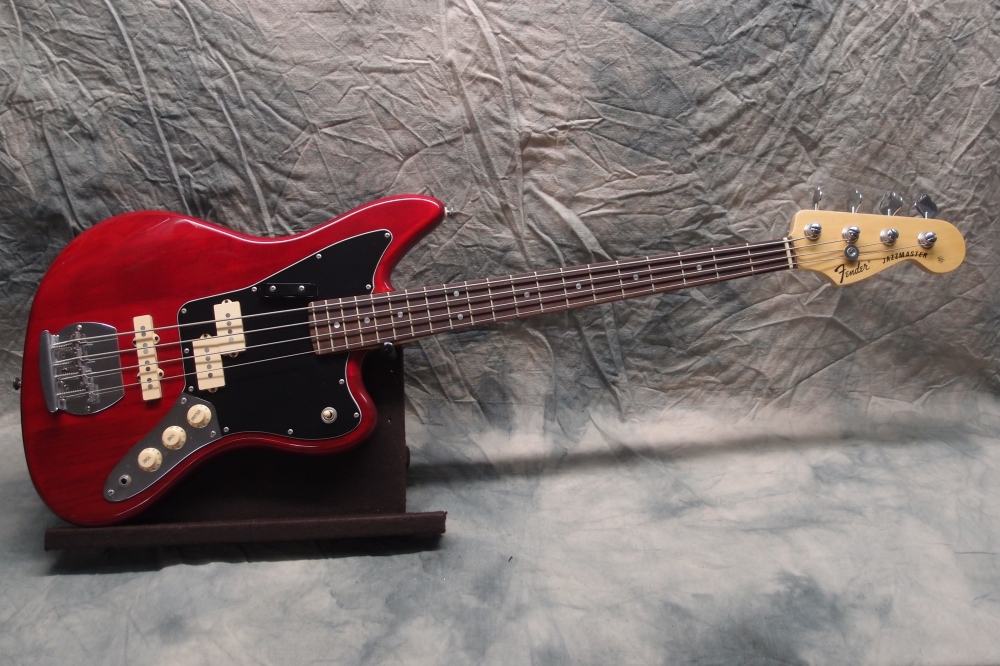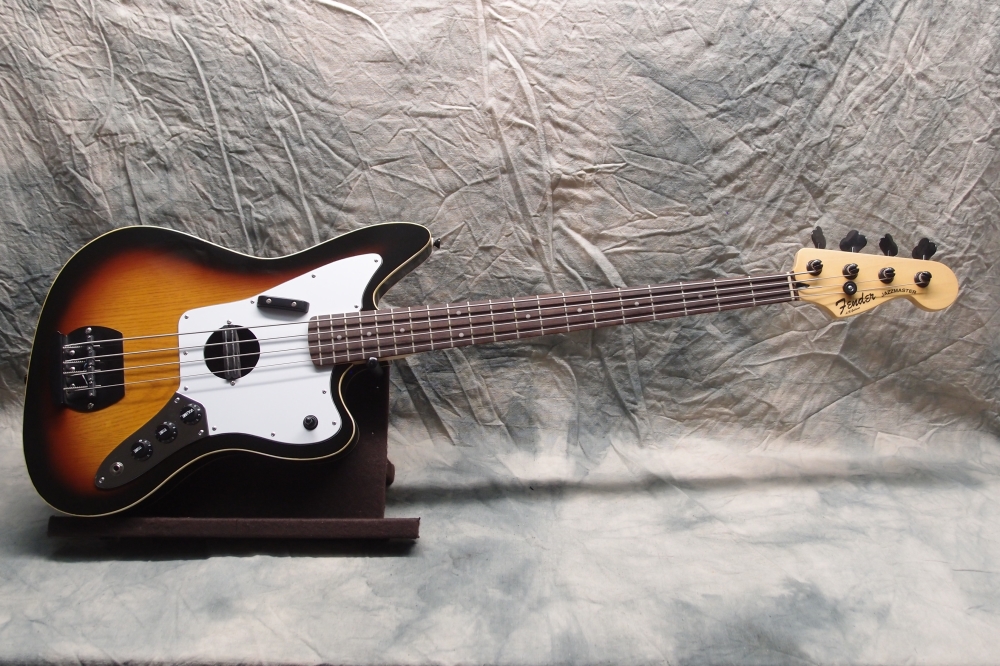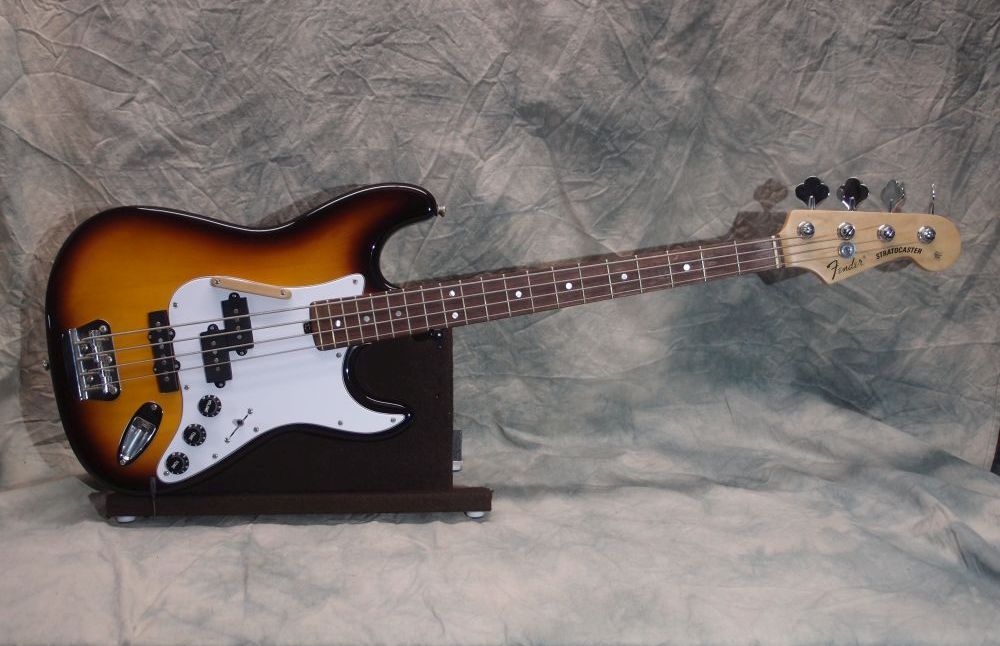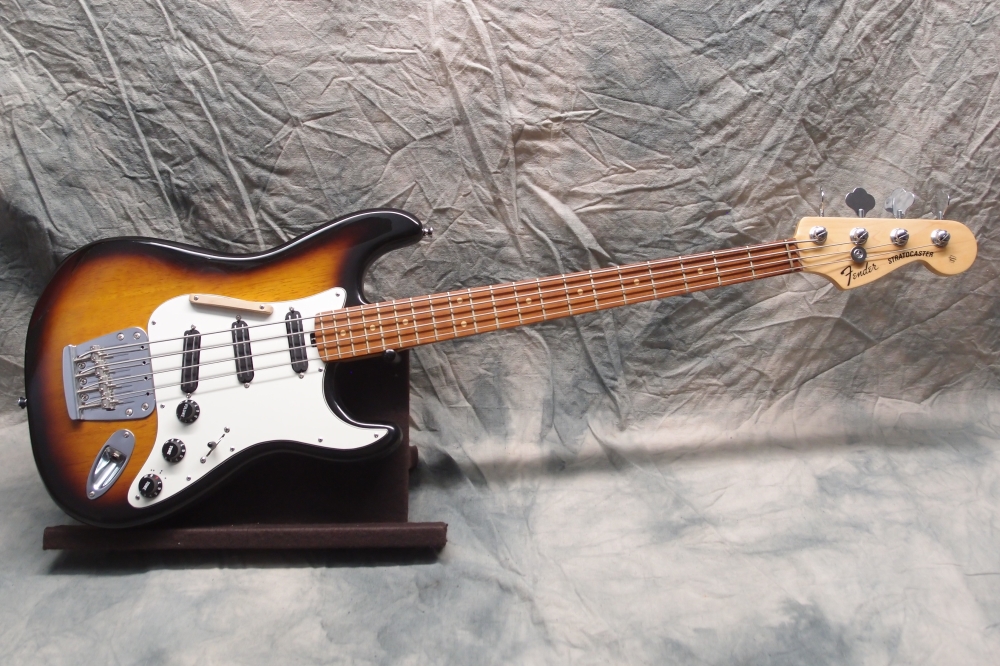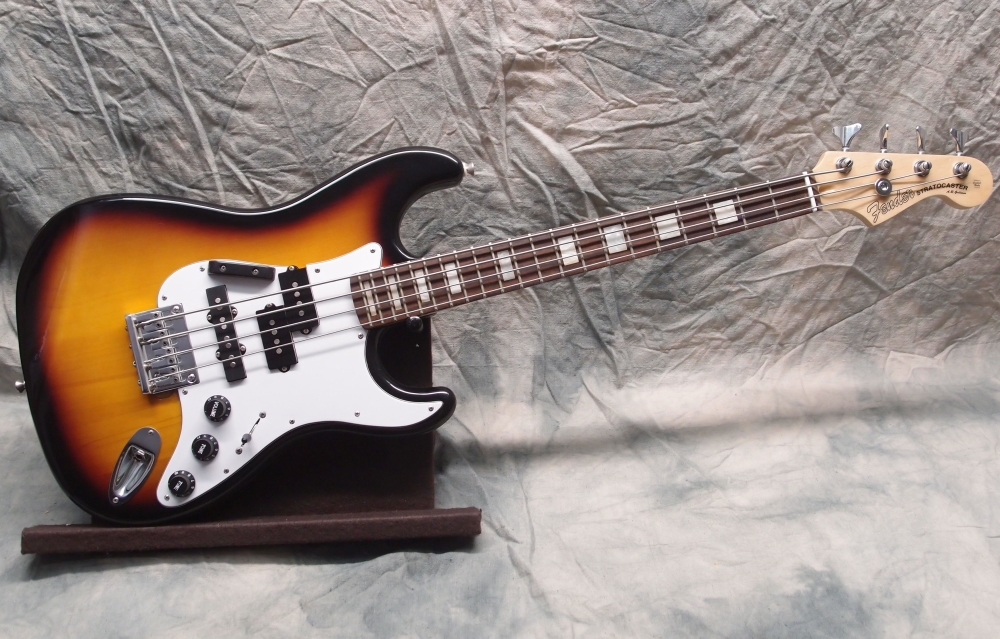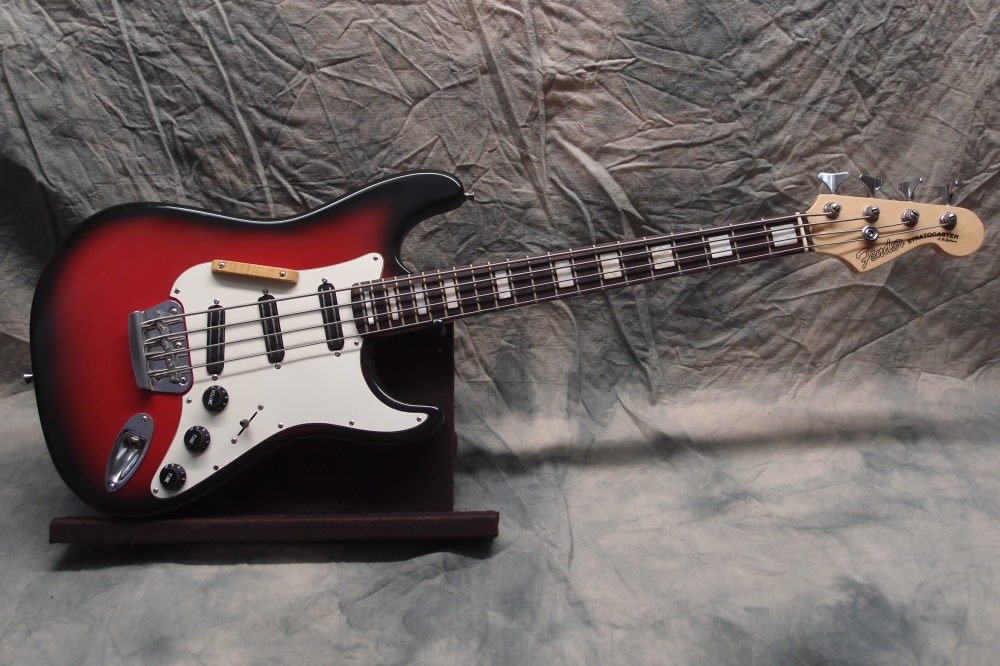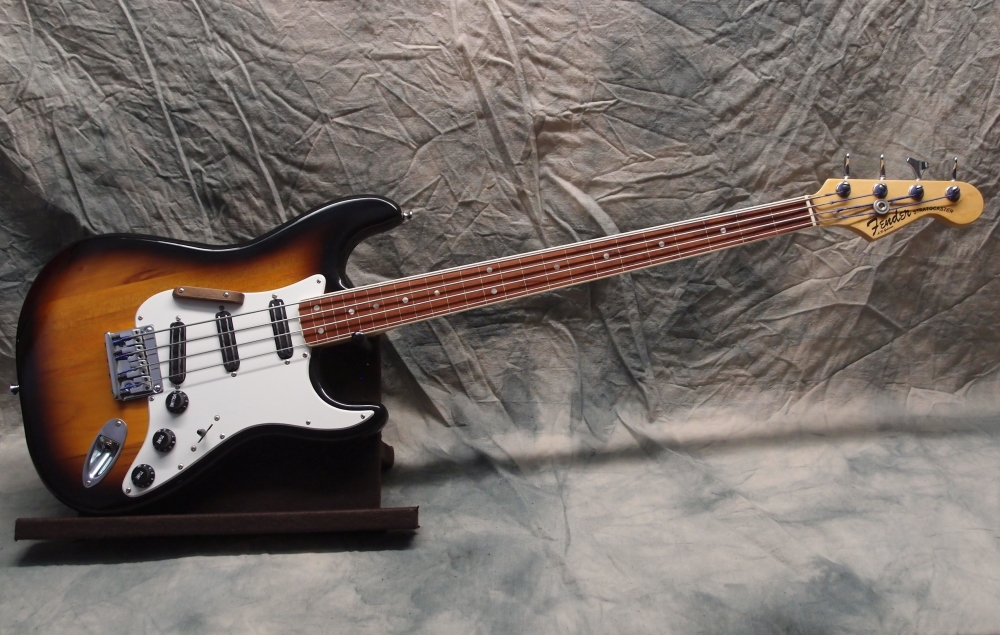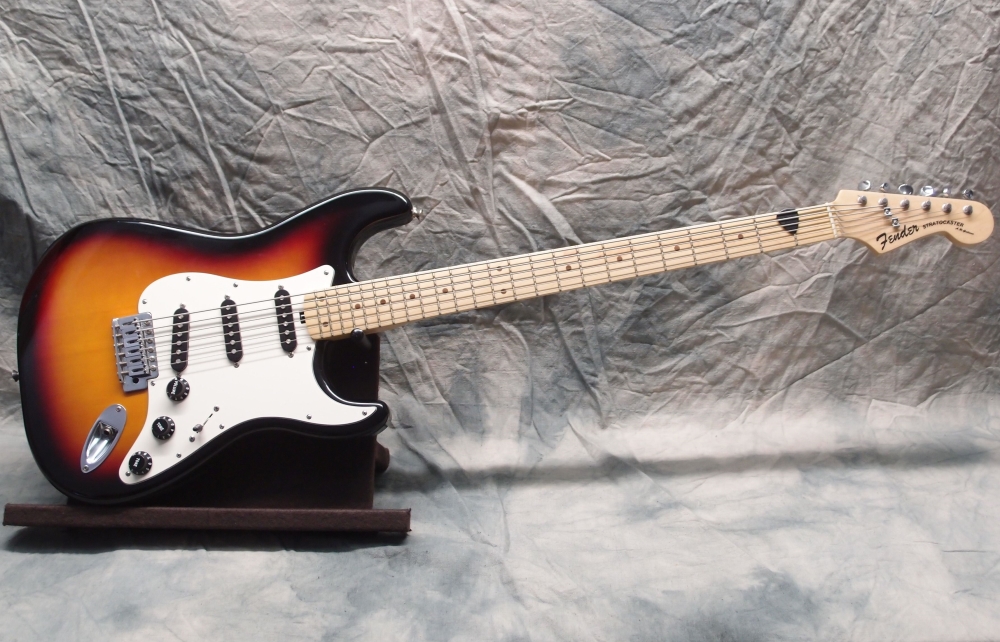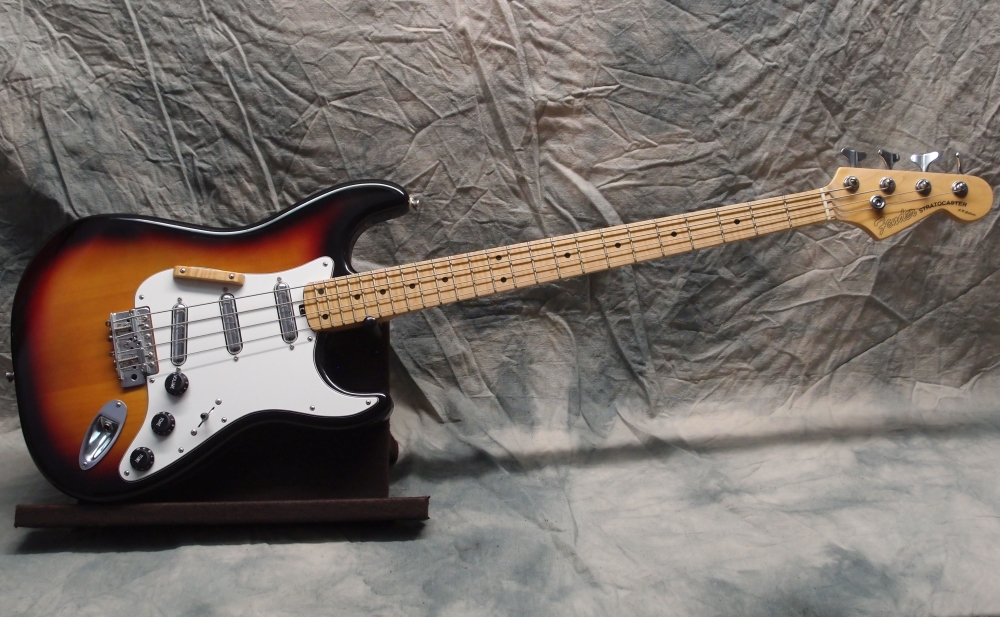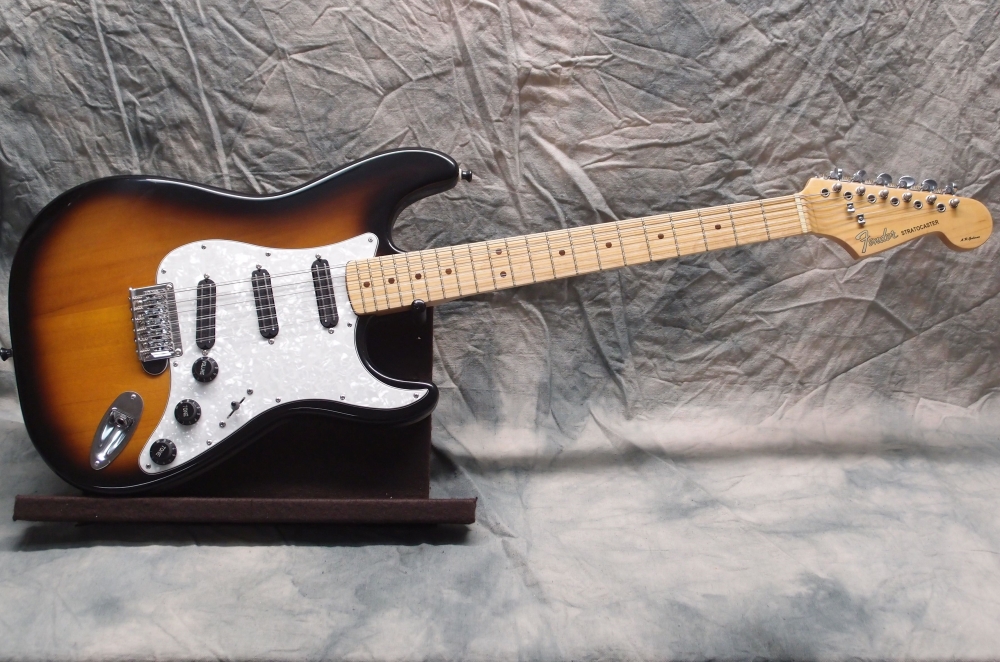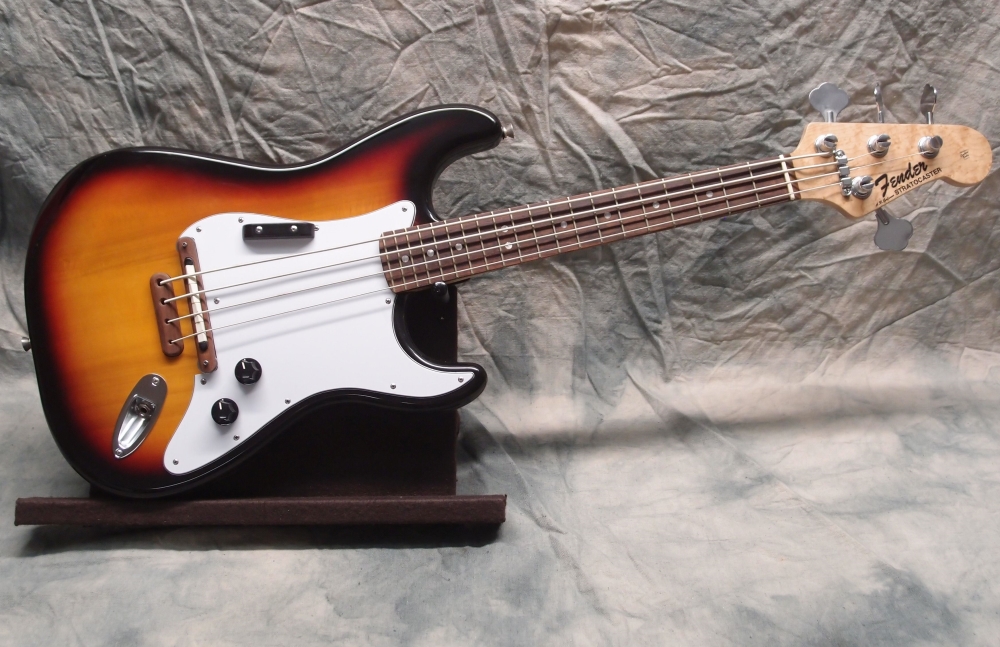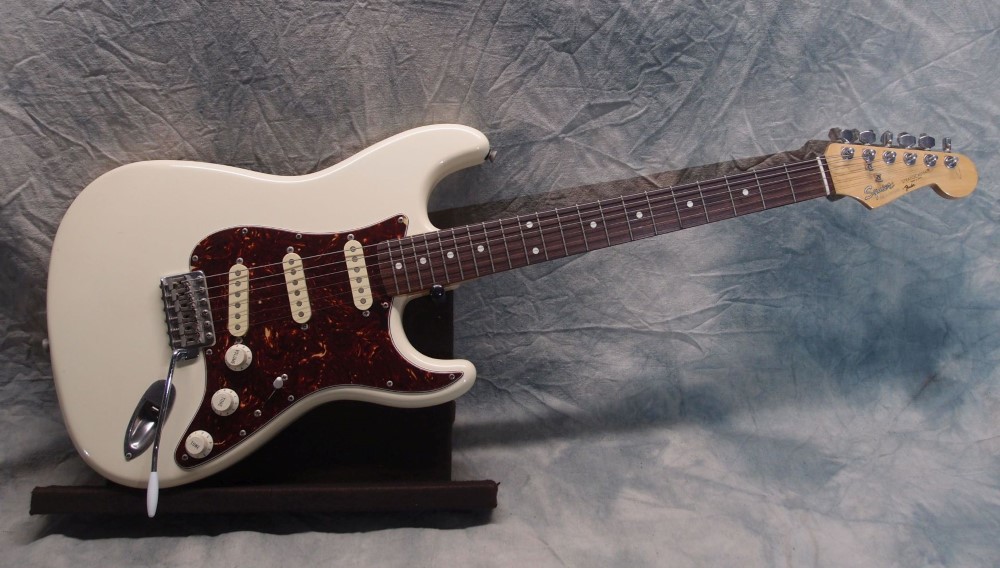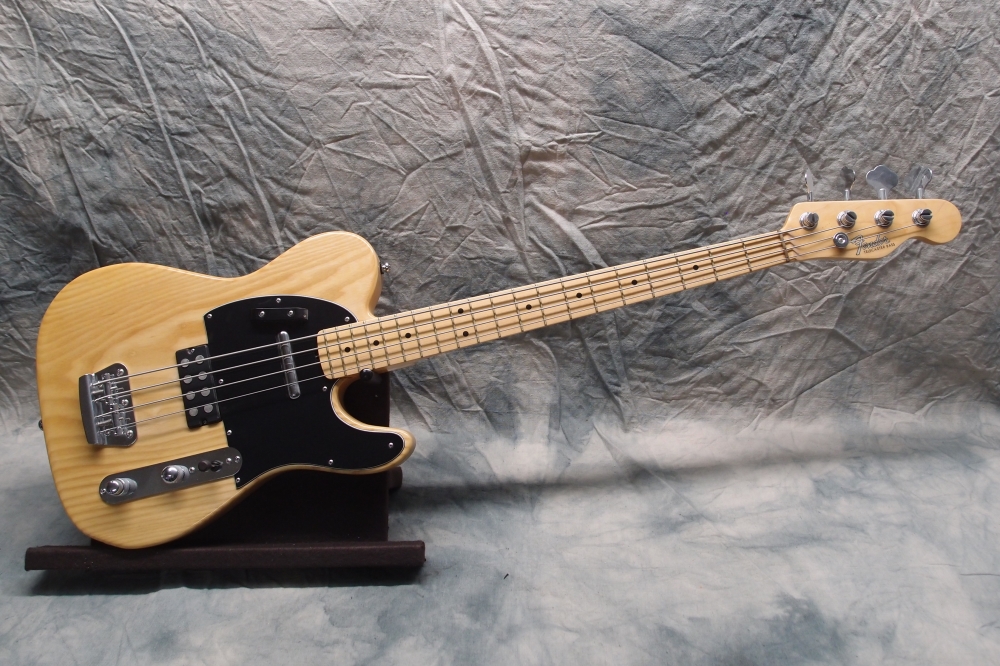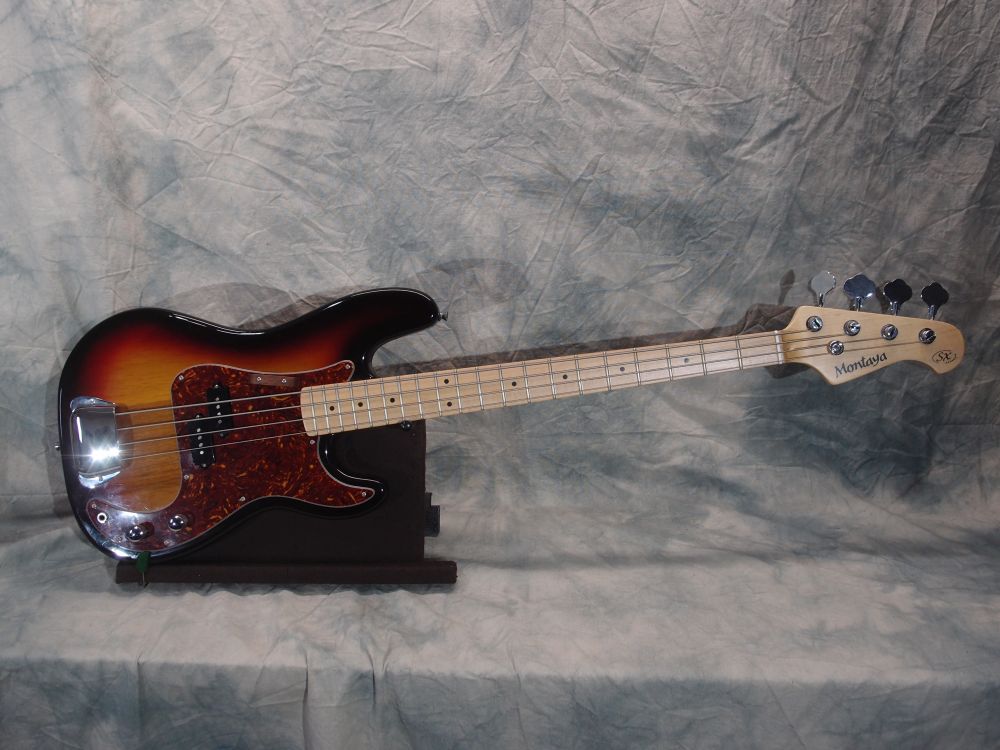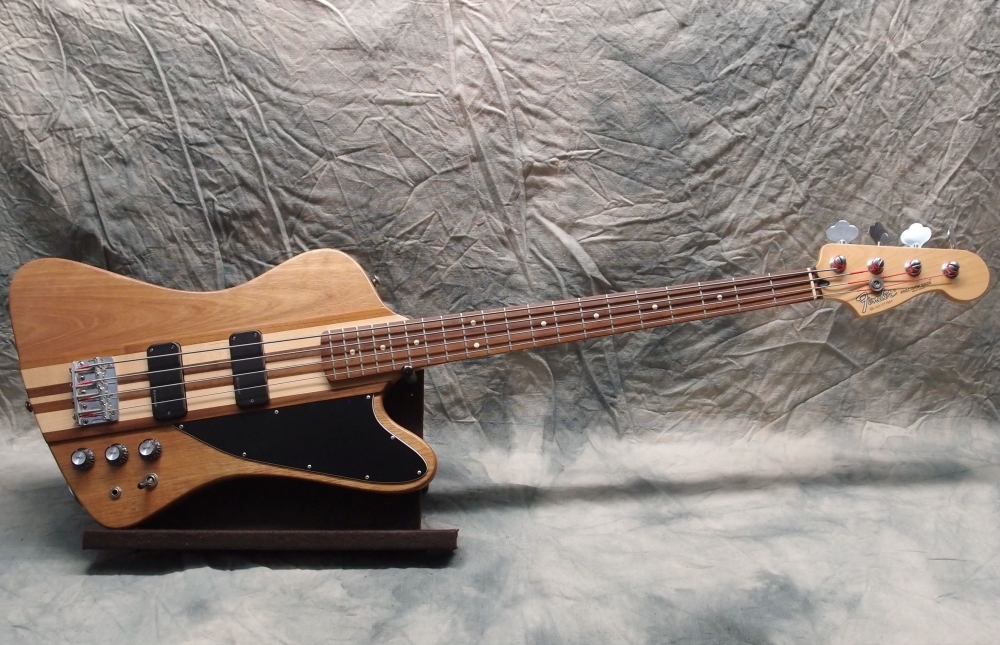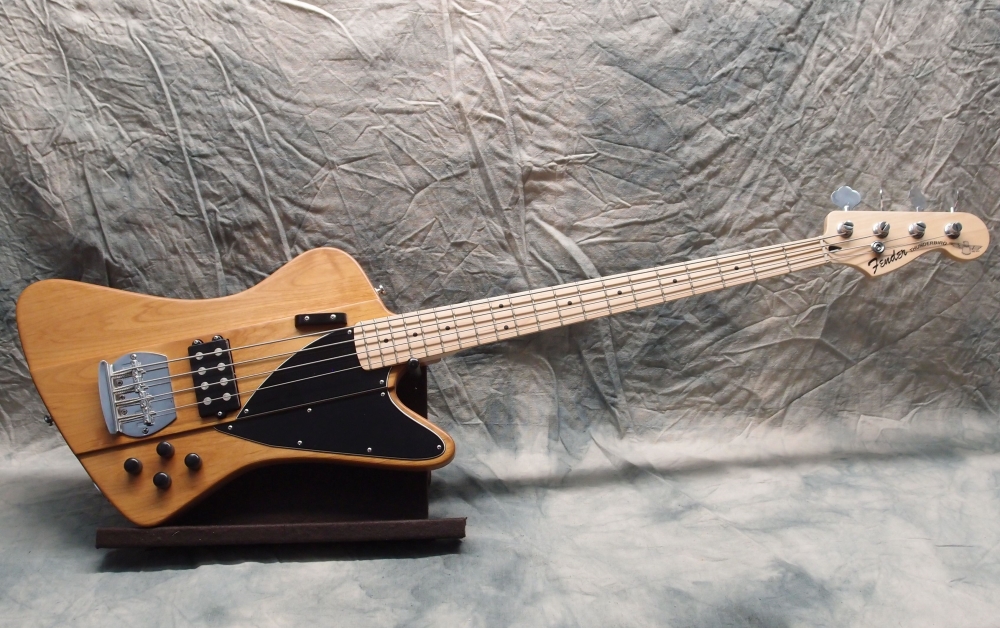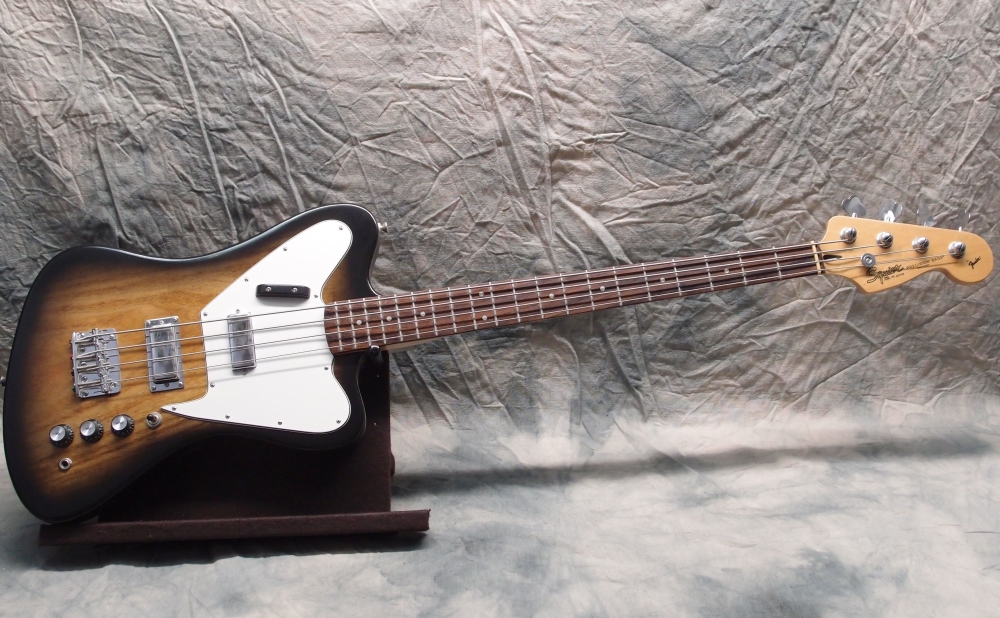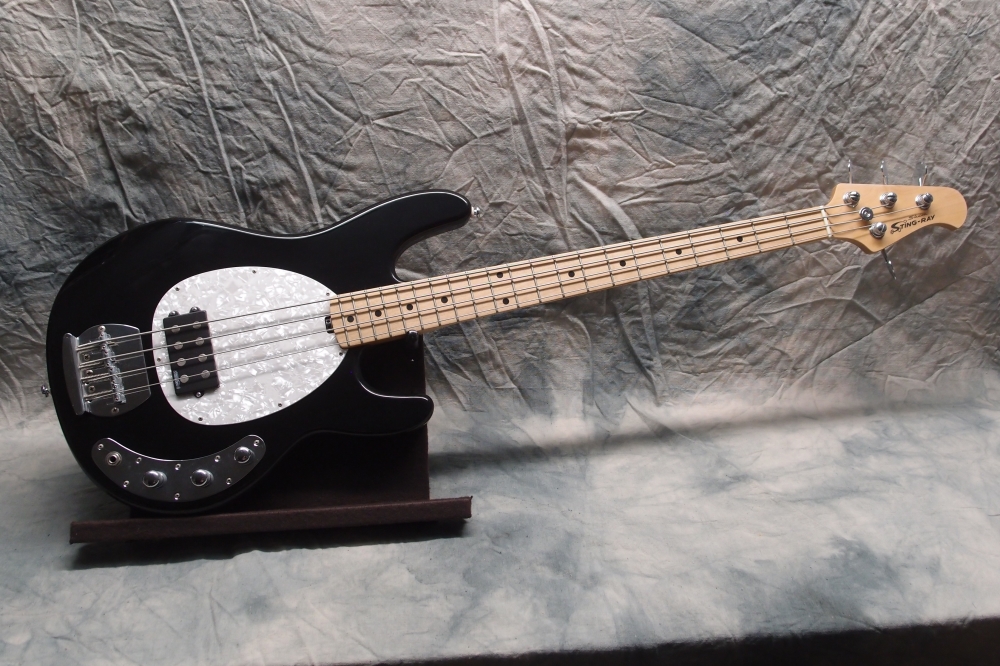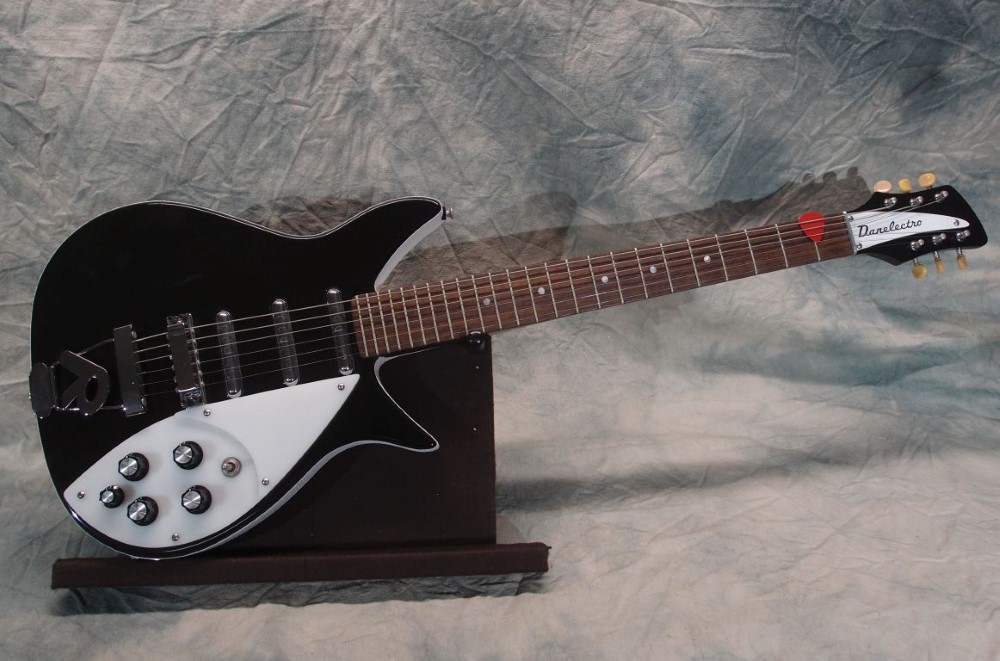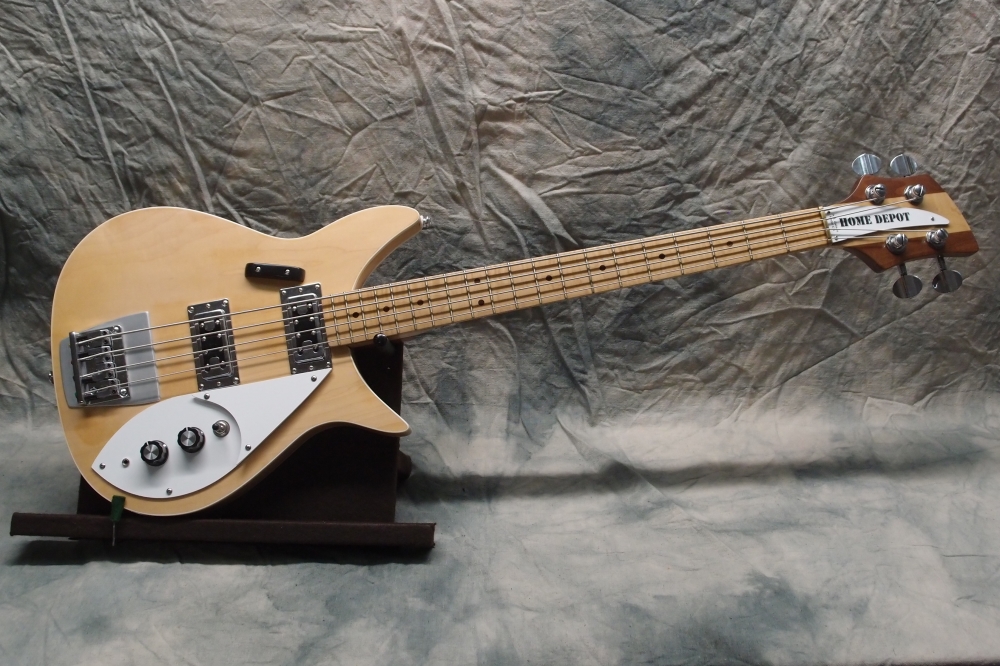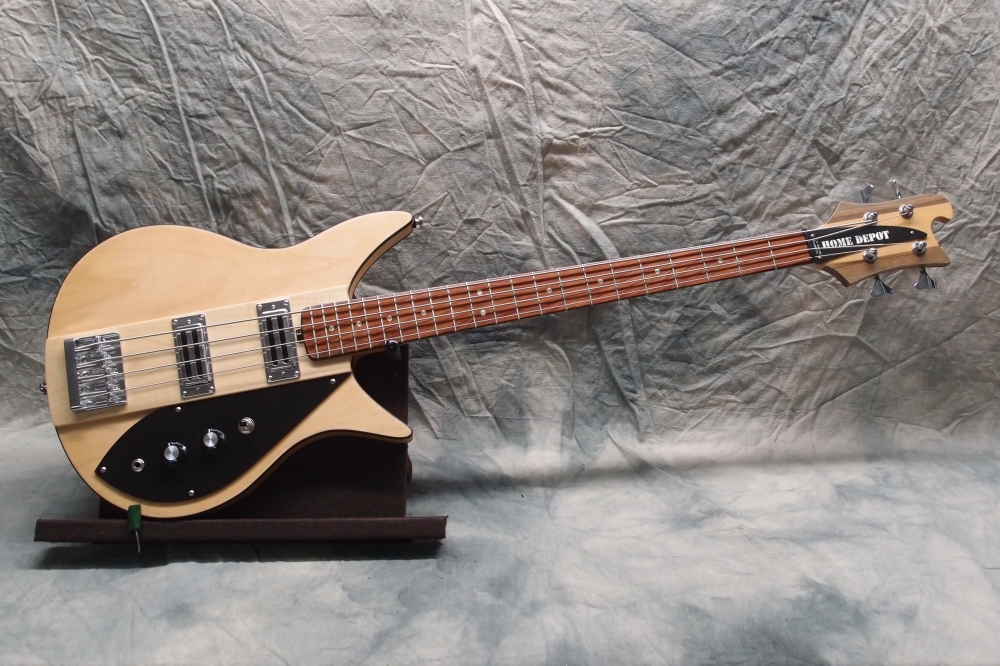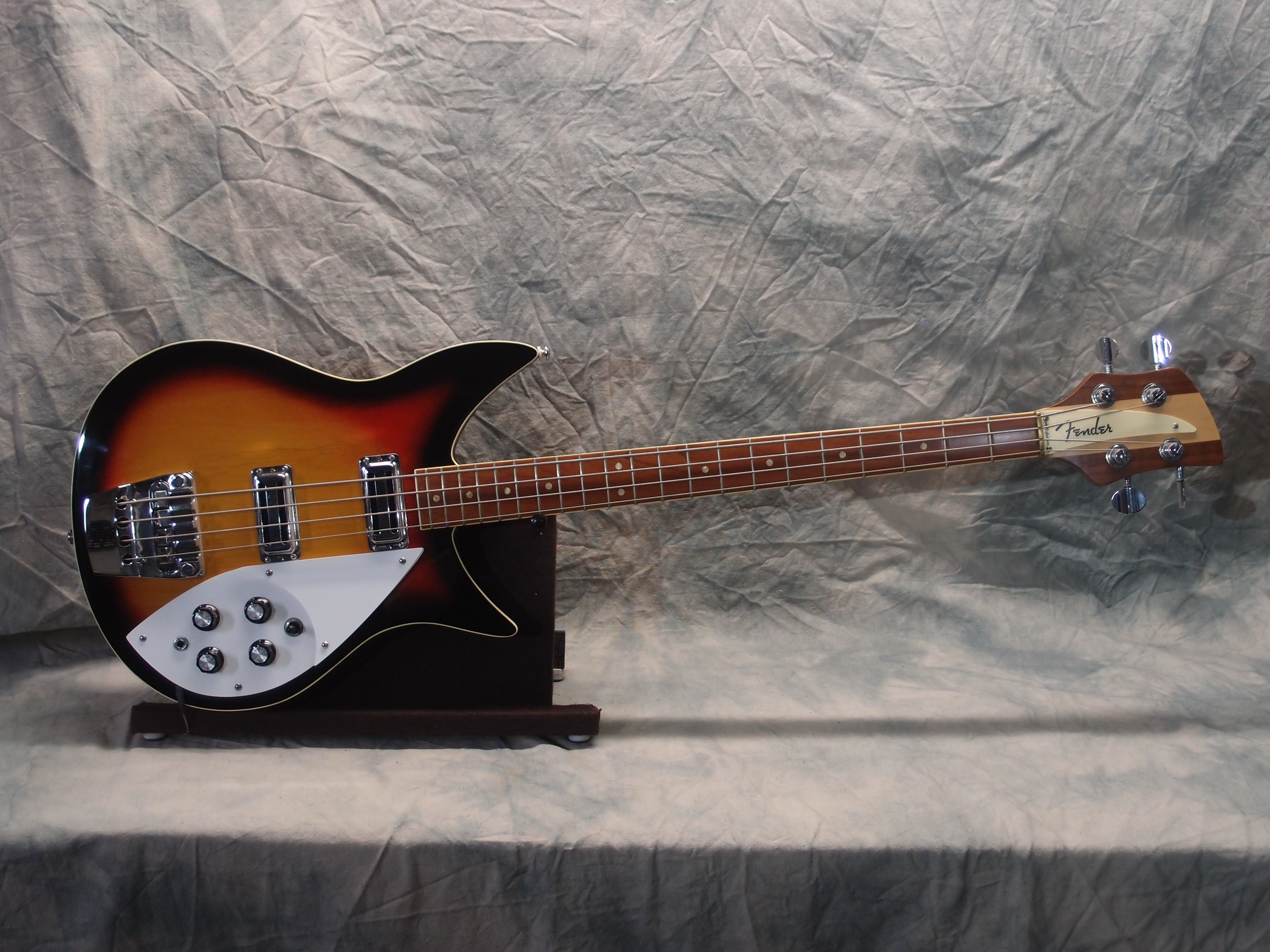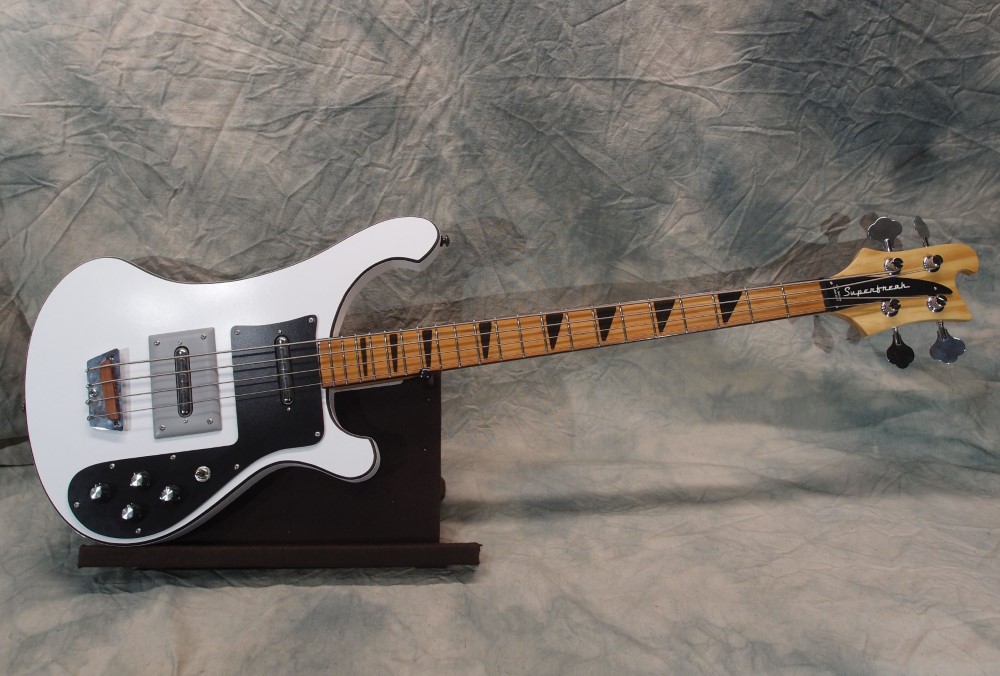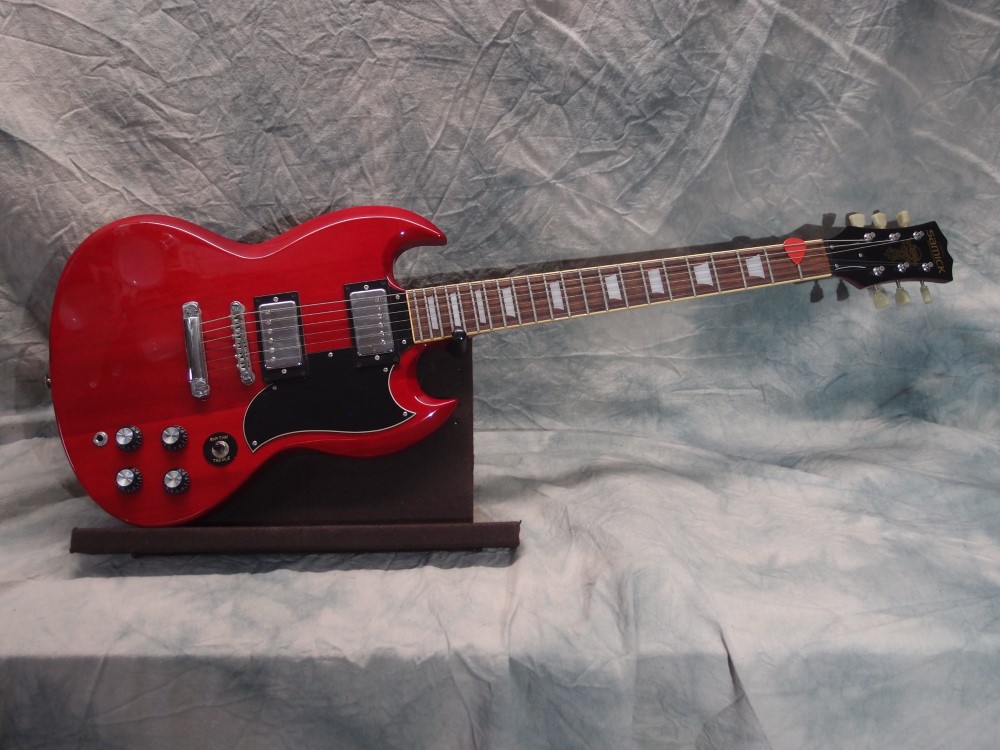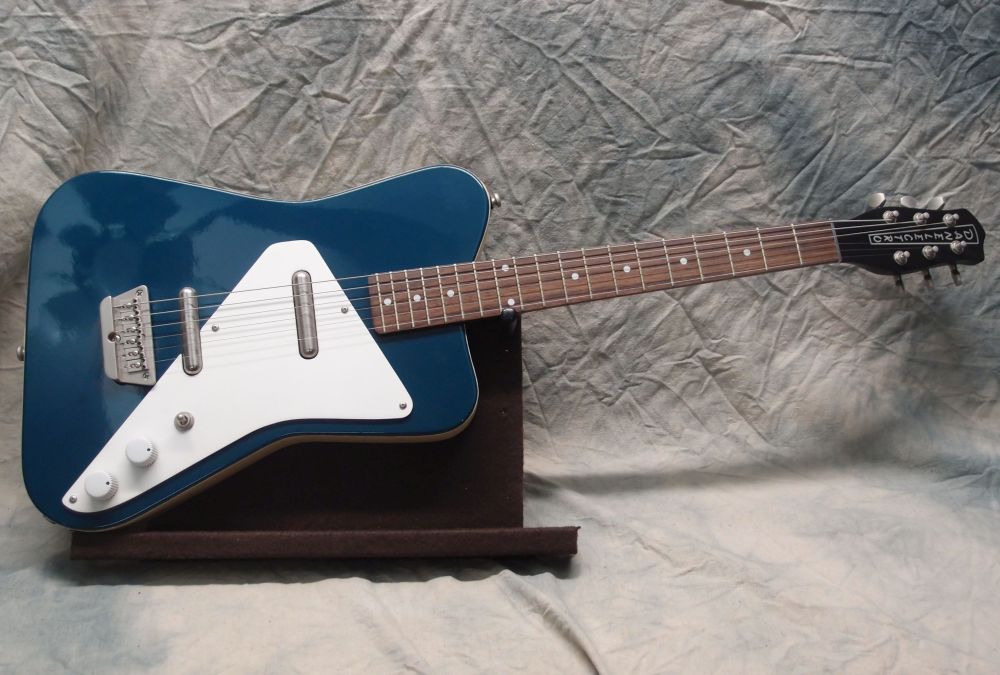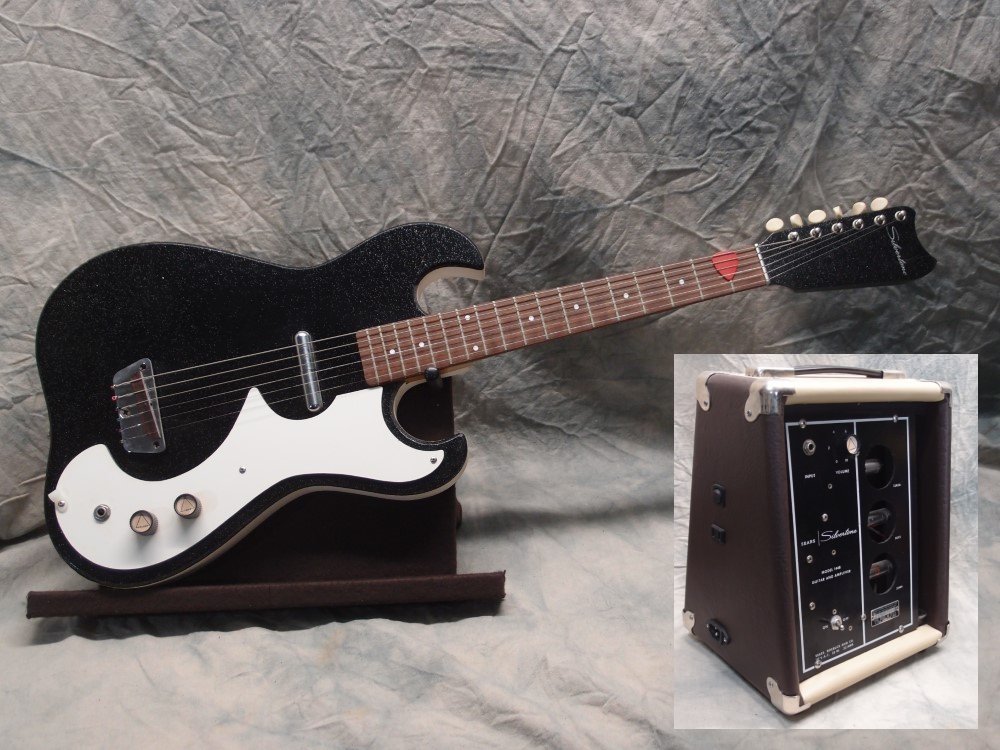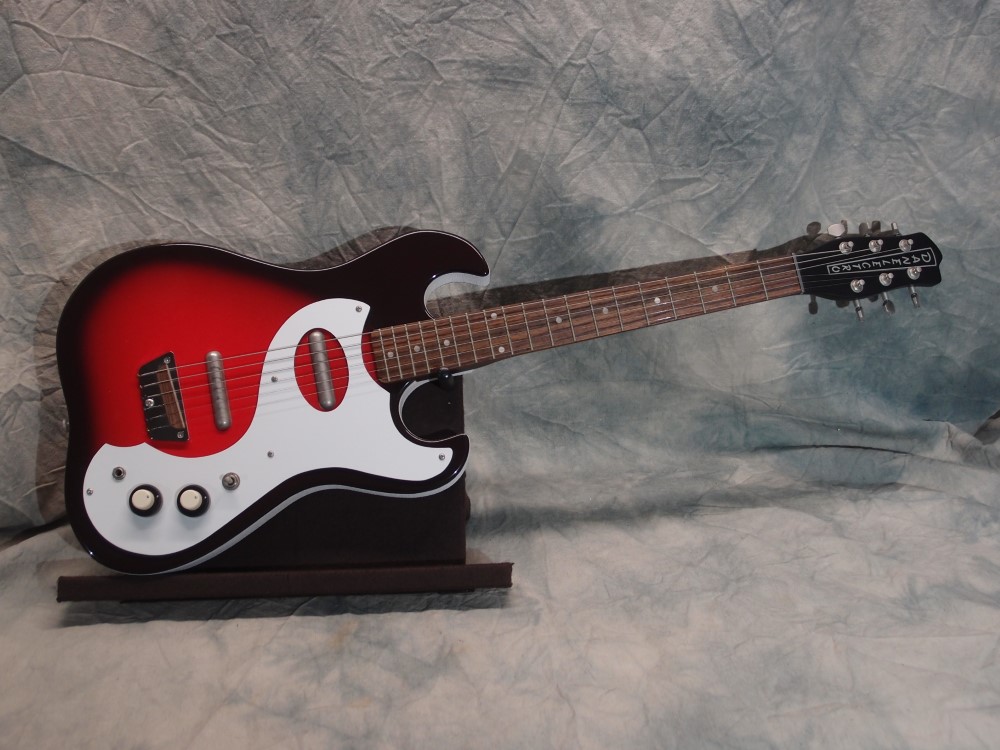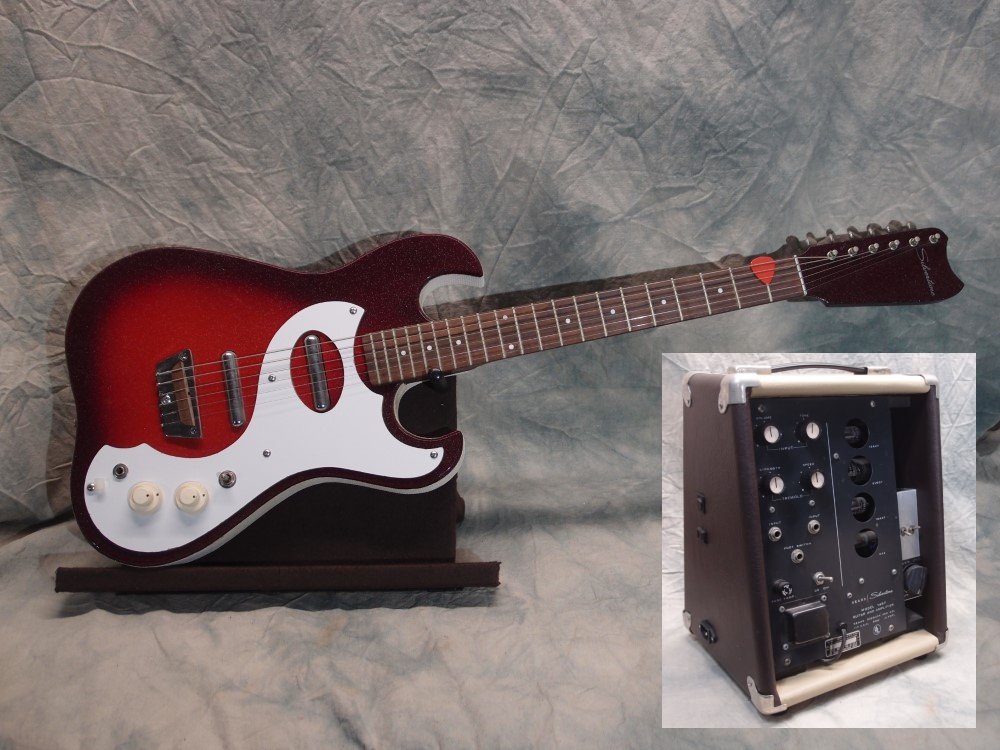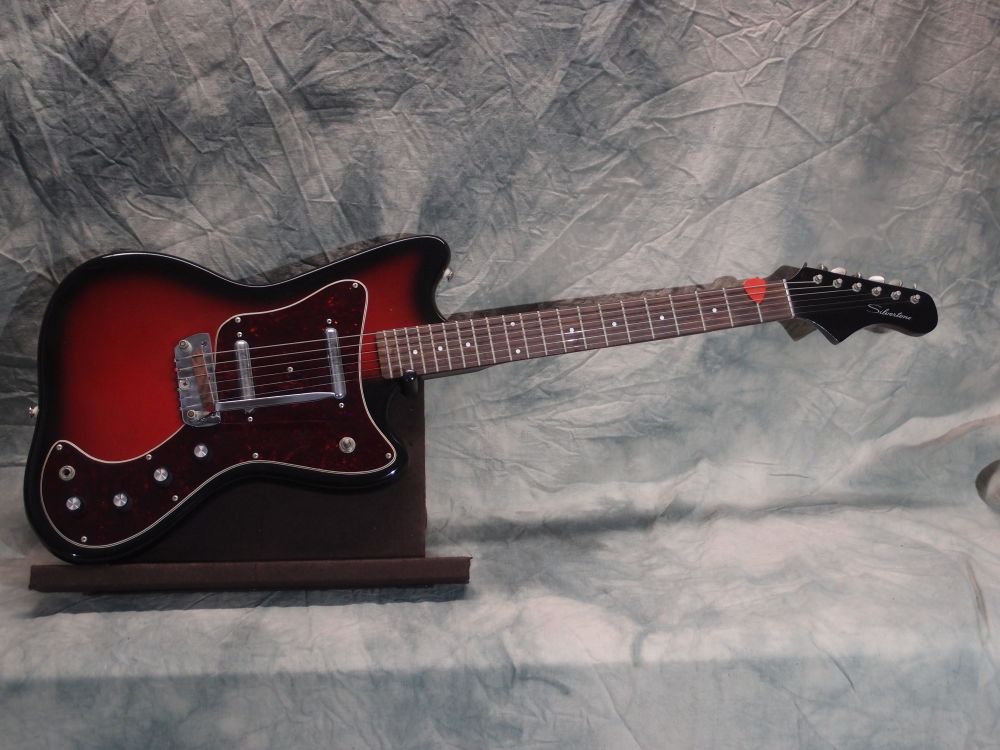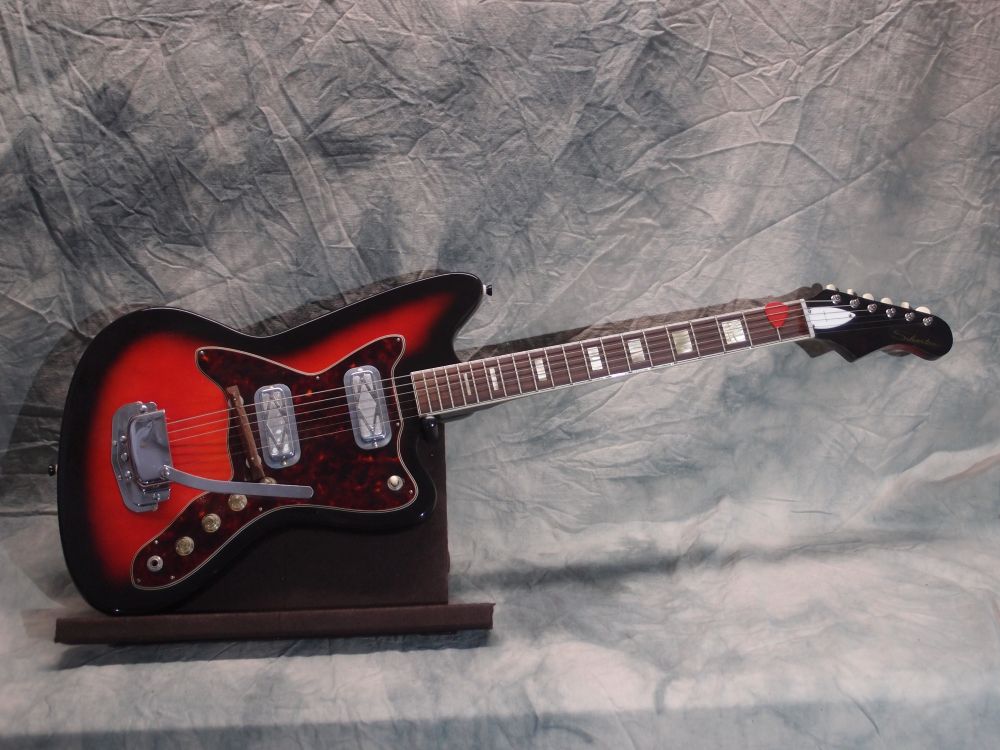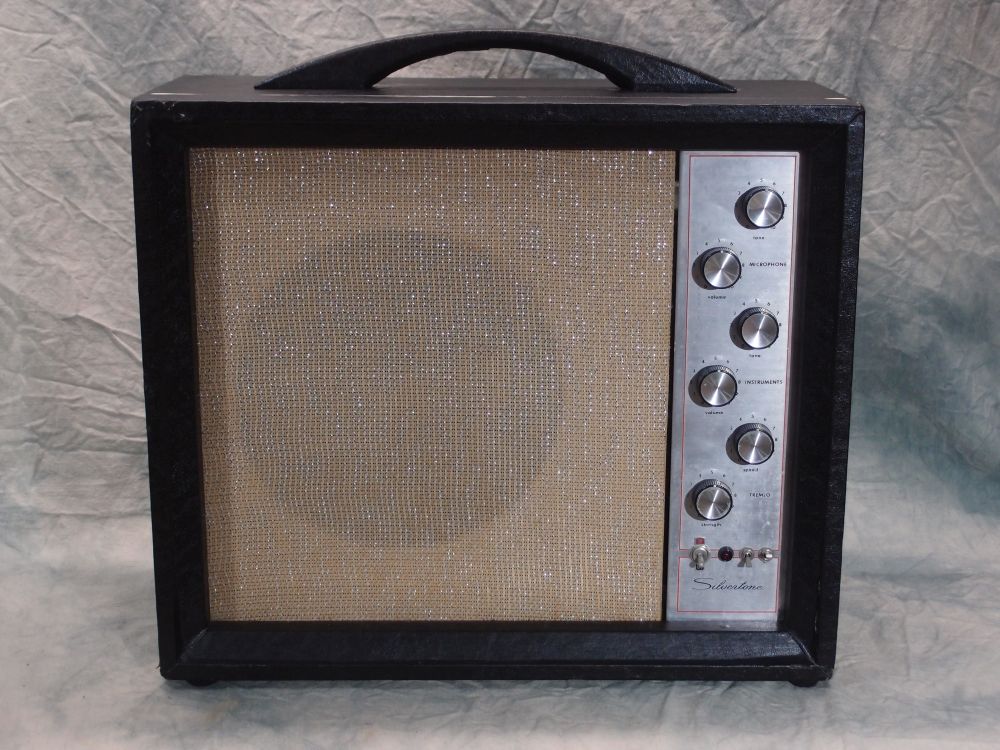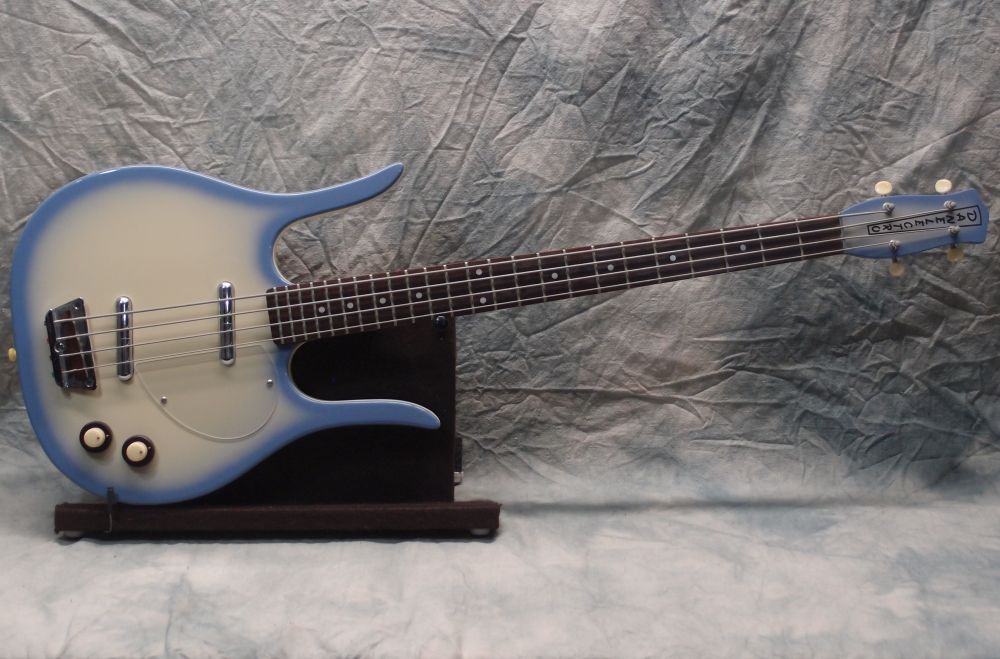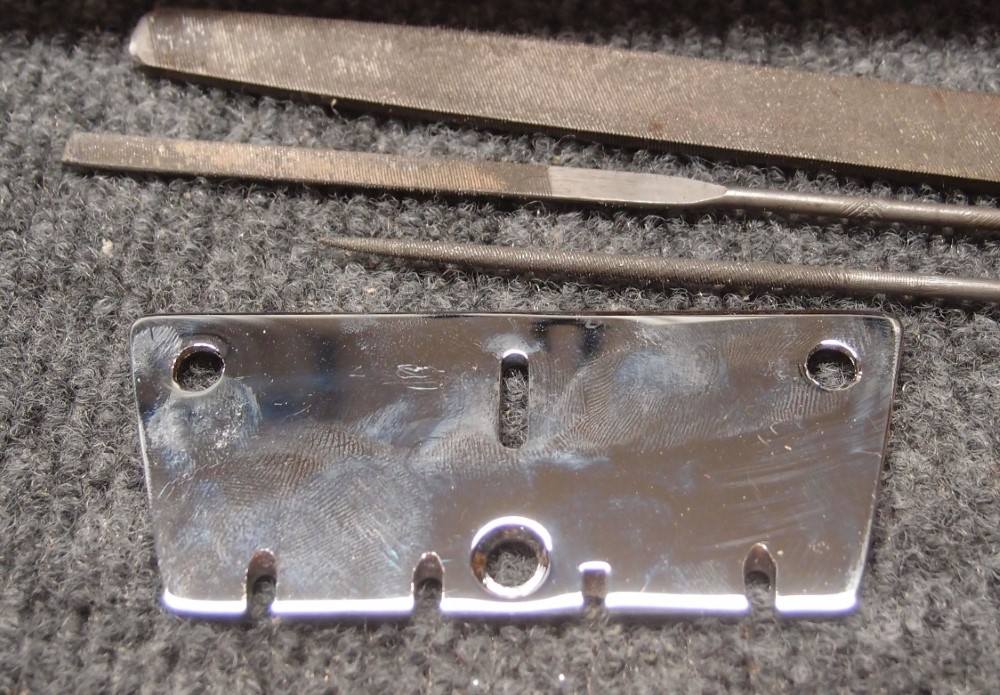Audiovox Projects




Paul Tutmarc
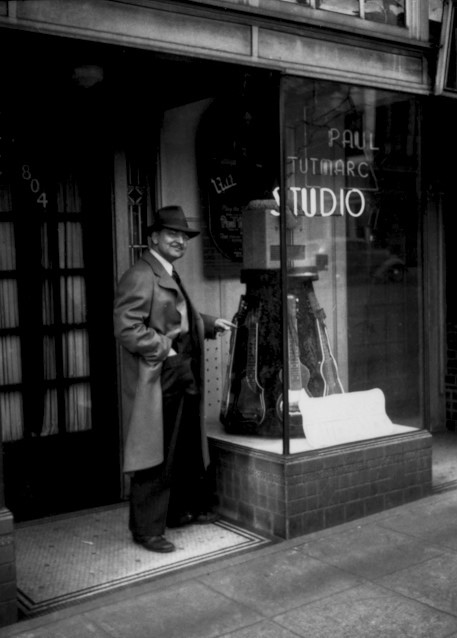
Paul Tutmarc (May 29, 1896 – September 25, 1972) was an American musician and musical instrument inventor. He was a tenor singer and a performer and teacher of the lap steel guitar and the ukulele. He developed a number of variant types of stringed musical instruments, such as electrically amplified double basses, electric basses, and lap steel guitars. His second marriage was to his former student Bonnie Buckingham, known as Bonnie Guitar.
As a child, Tutmarc sang in a church choir. As a pre-teen, he sang and played guitar and banjo, and in his teens, he played Hawaiian-style acoustic steel guitar. He worked with a traveling vaudeville troupe. In his early 20s, Tutmarc moved to Seattle to work in the dock-area shipyards. In the mid-1920s, Tutmarc became known for his tenor voice. In the late 1920s, he performed on the radio and in a variety of theaters.
In the very early 1930s, Tutmarc began teaching guitar and experimenting with the electrification (and amplification) of various instruments including a piano, zither, and a Spanish-style guitar by using a wire-wrapped magnet as a "pickup" that could be amplified through a modified Atwater-Kent brand radio.
Tutmarc's Audiovox Manufacturing Co. was one of the very first firms to produce an electric lap steel guitar, and Tutmarc himself was often the demonstrator and promoter. He invented a solid-body electric upright "bull-fiddle" in 1935 but it mainly served as a publicity tool. He manufactured lap steel guitars with his own "blade" pickup, and accompanying amplifiers. His real claim-to-fame was the development and marketing of the fretted and solid-body Audiovox Model 736 Bass Fiddle, from 1936, which was designed to be used in a horizontal position. That then-radical instrument is considered to be history's earliest electric bass guitar—and one that preceded the far more famous Fender Precision Bass by a decade and a half. Tutmarc also manufactured an accompanying bass amplifier, the Audiovox Model 936.
Tutmarc continued performing until the late 1960s, and he kept on teaching until he died of cancer on September 25, 1972.
from Wikipedia
Paul Tutmarc was twenty years ahead of his time. Unfortunately, he never really saw the potential of his inventions and failed to promote them properly. In addition, he disliked the new "Rock & Roll" music that they would have been so suited for. So his pioneering pure-electric instruments languished and were forgotten. Rickenbacker outright stole his pickup design.
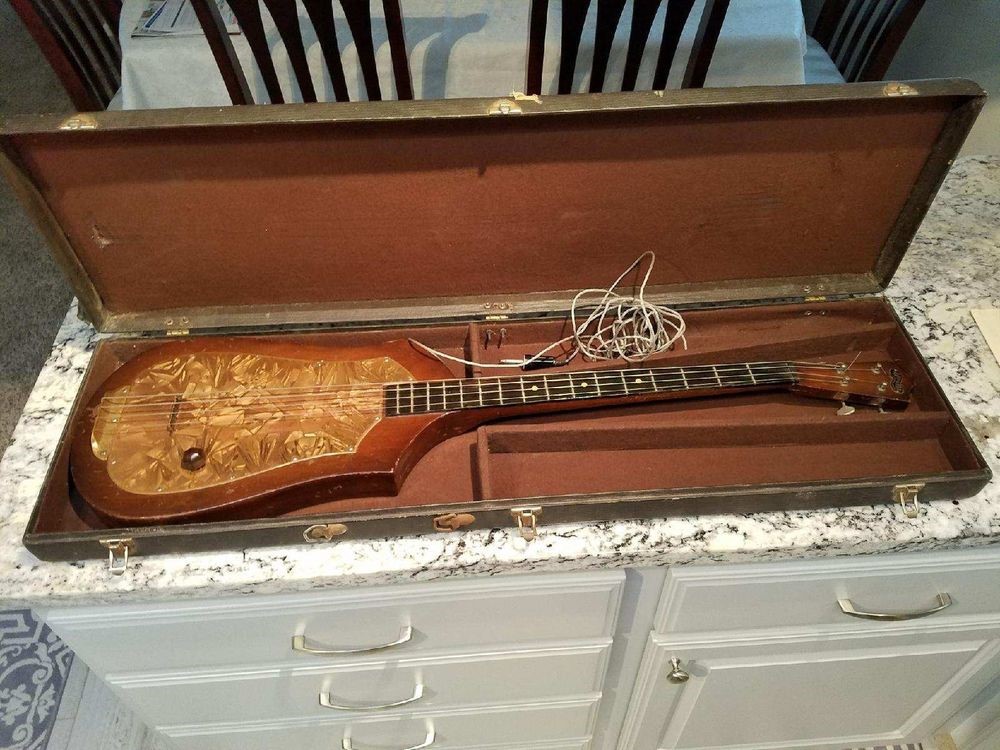
Audiovox Revival
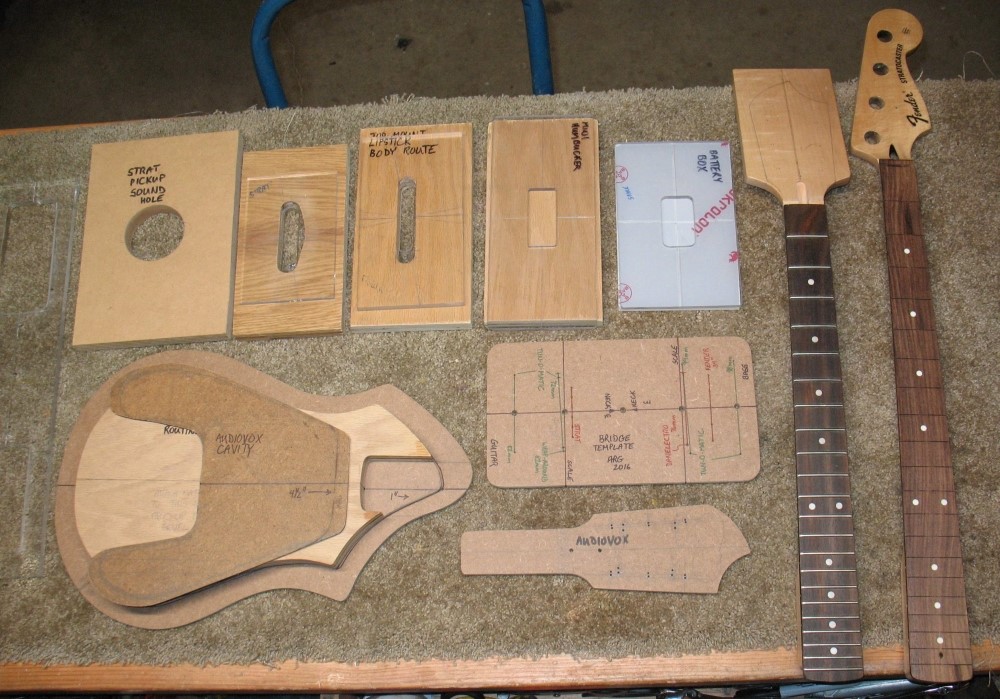
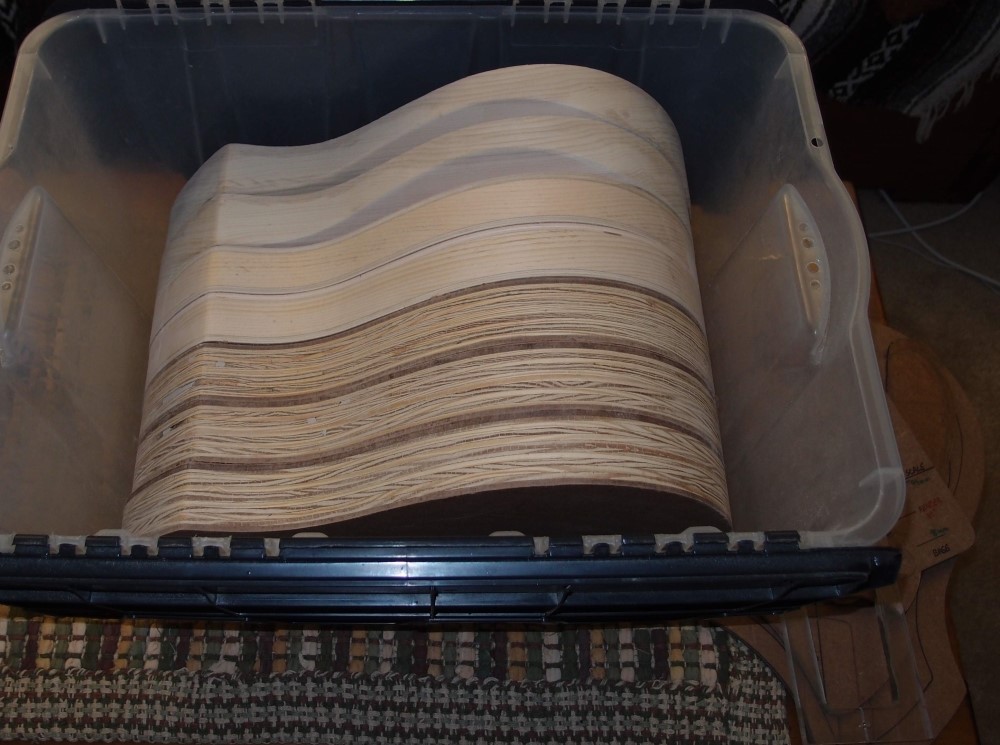
I love Tutmarc's minimalist design and have adapted it to everything from a mandolin to a stand-up bass. Tutmarc's design is not perfect, I made a few changes to improve ergonomics and mechanics, but my updated design is still clearly derived from the original.
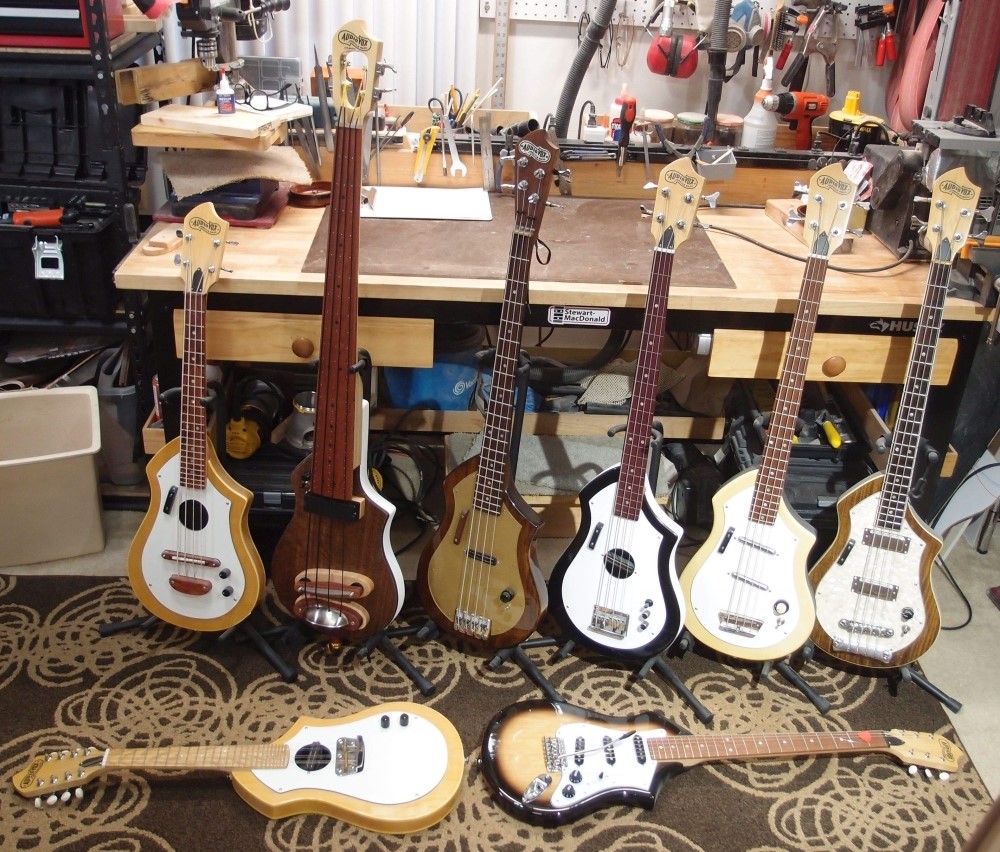
Some More Family Portraits
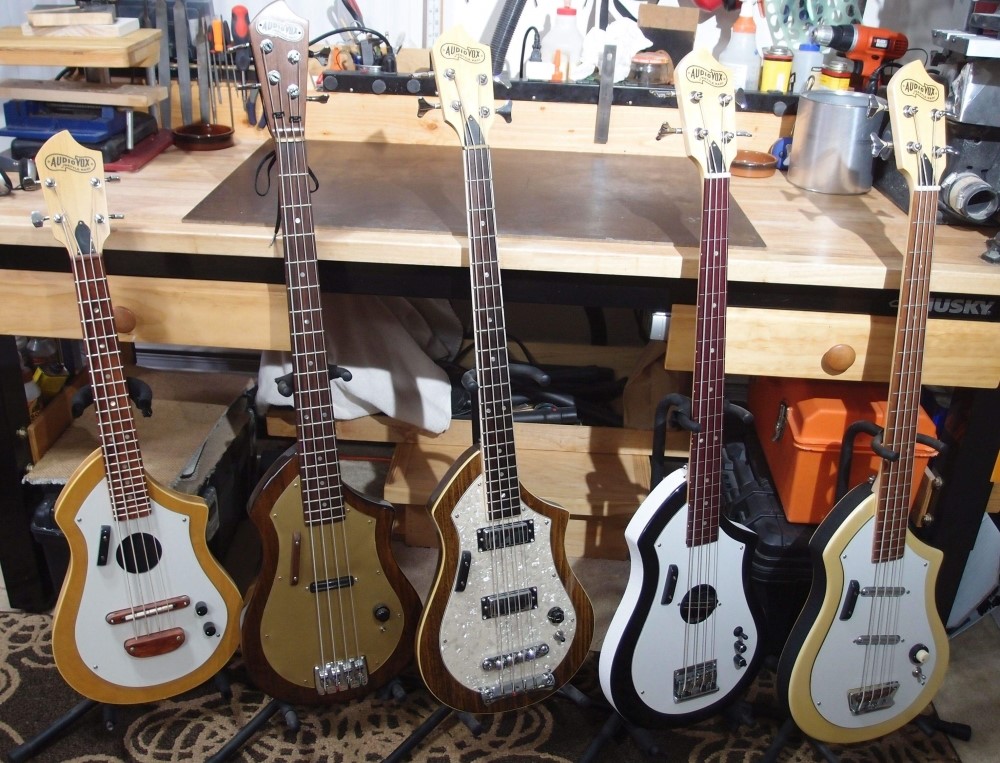
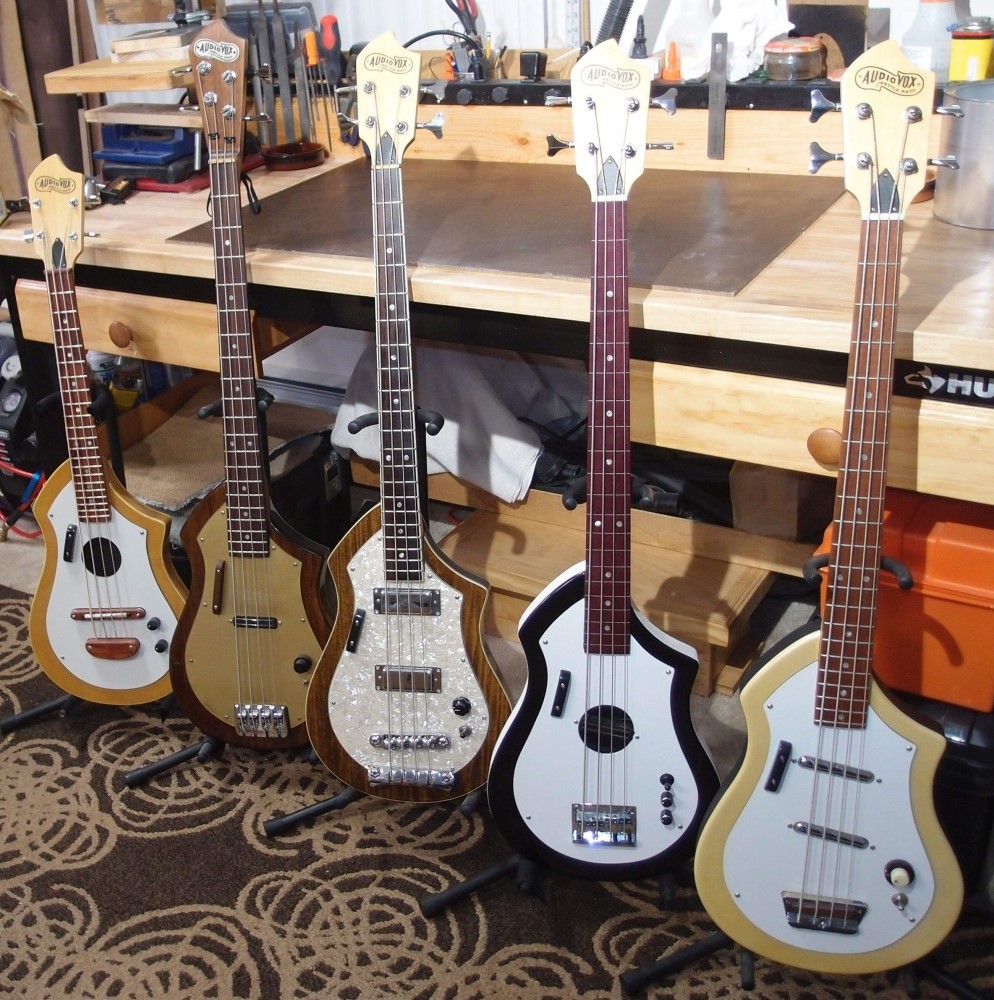
First, the basses. From left to right:
Uke bass:
Hollow maple plywood over pine body, very lightweight. Bridge and tailpiece made from fretboard scrap, piezo pickup in the bridge, the same simple buffer circuit as above, simple volume and tone controls. Painted masonite pickguard. Bubinga fretboard - a really ugly piece of wood that I used here because I was able to cut away the worst of it. Soundhole for looks only, to fill in that big blank space, the body is too thin to actually resonate.
Number 0:
32" walnut neck, rosewood fretboard, slab poplar body, deeply stained to look like walnut, actually looks better than walnut. Clear plastic windowpane pickguard, painted on the back to look like brass, will never tarnish. Single humbucker pickup with mode switch, simple stacked volume/tone control. This one was the prototype, the goal was to emulate the original as closely as possible with modern parts. Turns out I did too good a job, the original is not that great, so I rebuilt it to this, the later standard. Note the odd headstock, compared to the improved headstock design on all the others. This one even has matching brass pickguard screws. The headstock logo is a piece of pearl pickguard material. I started a matching brass one, but I don't think I'll ever finish it.
Solidbody:
30" bound rosewood neck, solid poplar body, stained to look like walnut, bound on the front, relieved on the back. Typical Gibson-style layout: dual mini-humbuckers, T-O-M bridge & tailpiece. Stacked Jazz bass volume/tone control. Antique pearl pickguard, rather expensive to make, since it requires a whole sheet of material.
Fretless:
Danelectro-style masonite over chambered plywood body, with Tolex binding. Humbucker & piezo pickups, as described above, simple volume/tone controls. 30" purpleheart neck with plastic fret lines, half-round strings. Painted masonite pickguard. Again, soundhole for looks only, although it also serves as the pickup mount.
This one was originally pearly like the other two Danelectros. I planned a thin black burst around the edge of all three of them, but that didn't work out on this one. Of course, I always have a Plan B, and this is it - Tuxedo. The other two got black binding instead.
Danelectro:
Danelectro-style masonite over chambered plywood body, with Tolex binding. Dual lipstick pickups, Danelectro series wiring & controls. 30" Brazilian Cherry neck. Painted masonite pickguard.
The uke has a fixed steel truss rod, the rest have double-acting truss rods, some handmade, others bought and shortened. All have Home Depot maple necks with 15-degree headstocks, except the obvious one.
And the guitars:
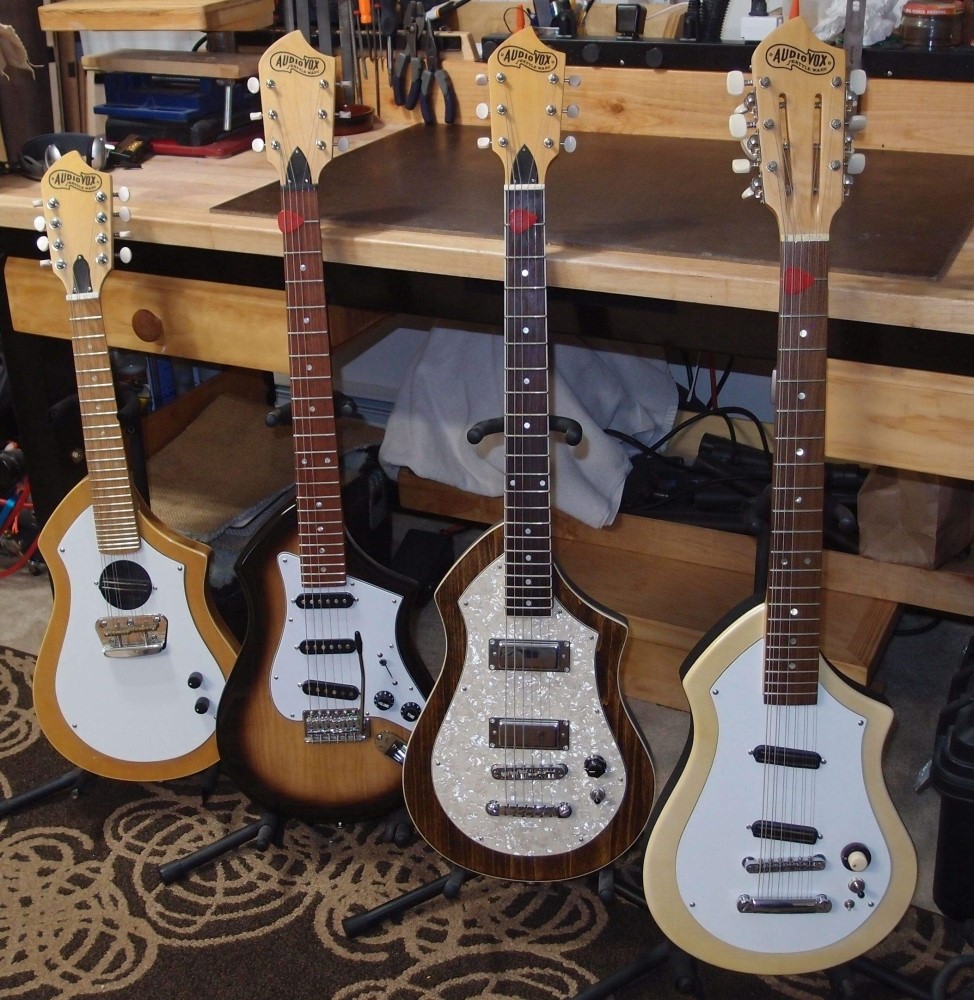
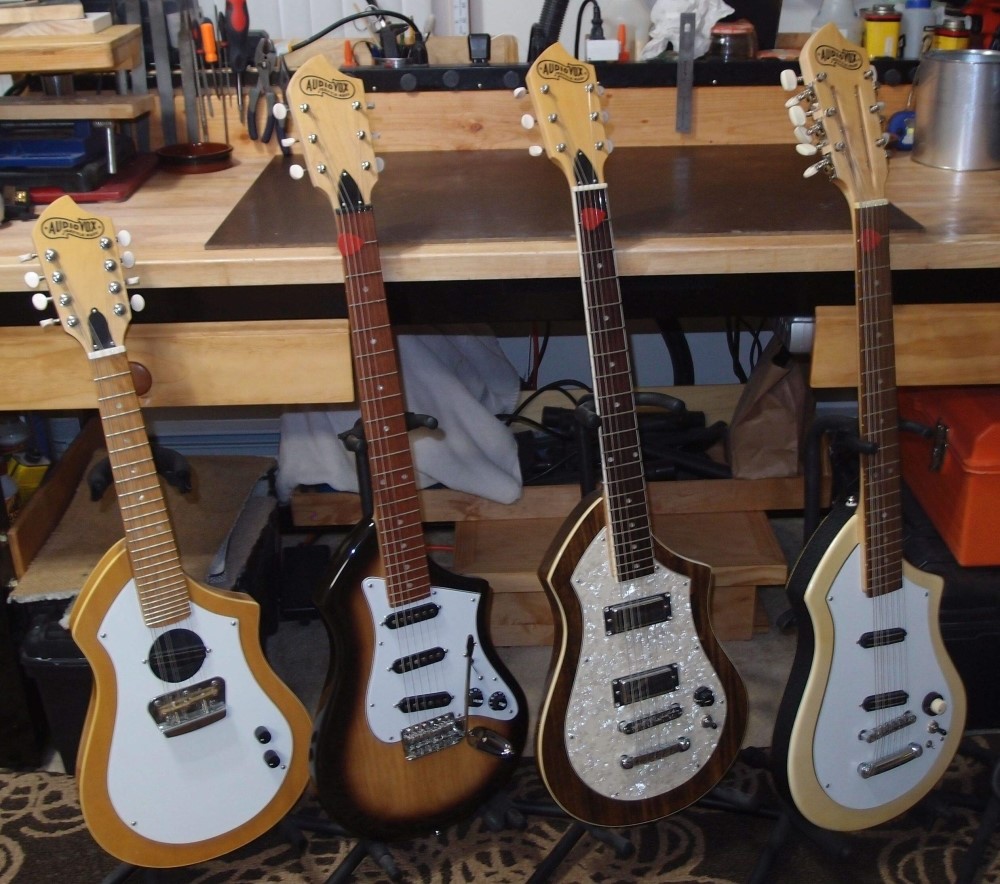
From left to right:
Mandolin:
Same construction a the Uke bass, oak fretboard, 17" scale. Custom 8-string bridge converted from Bronco with threaded brass saddles. Humbucker with series/parallel switching. Tuned EADG, like a guitar capo'd at the 7th fret. The soundhole is mostly for looks, otherwise, I would have an acre of plain white masonite. The whole thing is weird.
Audiocaster:
This one was unplanned, built mostly from parts on hand, except the pickups, which are a medium-priced set from eBay. Experimental radiata pine body glued up from strips. Standard Stratocaster setup, with always-on switch for bridge pickup. Full-floating tremolo. The burst looks black but is actually dark brown. Brazilian Cherry (Jatoba) fretboard. A really sweet player. Although compact, this guitar weighs a solid seven pounds and balances nicely. My MIJ Strat weighs 8.1 pounds.
Solidbody:
Six-string twin to the previous bass.
12-String:
Construction is the same as the Danelectro bass above. Walnut fretboard.
This was actually intended to be a six-string twin to the Danelectro bass, using the Audiocaster's neck. The 12-string neck was to go on the Mandolin body, but that proved to be totally unbalanced. So I mounted the 12-string neck on the heavier Danelectro body. Fortunately, I had designed the body internals to mount almost anything, and that huge pickguard covers up all sins. The pickup mode switch throws both humbuckers into parallel mode, for some nice sixties jangle. Hey Mr. Tamborine Man ...
That left a surplus six-string neck and lightweight body. Rather than pair them up, which probably wouldn't have balanced much better than the 12-neck, I cooked up the short mandolin design and made a new solid body for the guitar neck. That made for an interesting experiment and a really great guitar.
All of the guitars use fixed steel truss rods, the truss rod covers are just for looks. Over time, these necks take on a slight, almost imperceptible front bow, which is all a guitar needs. The mandolin, and the uke bass, will probably never bow, they're just too short. Gross adjustment can be done by shimming. I have 50-year-old Danelectros built this way that are as true as when they left the factory. Can you say that about 50-year-old anything-elses?
I really like this design, and I may not be done with it yet if I can think up something new to do with it.
Note that all of these use woods from the hardware store, local lumberyard, or online Woodcraft store. None of these use "luthier" anything. They all use inexpensive hardware, electronics, pickups, and stainless steel fasteners from the marine supplies store, and they all play and sound great.

Here is the Audiovox logo as a vector file, which prints cleaner than the bitmap above. Now get to work and build yourself one.
